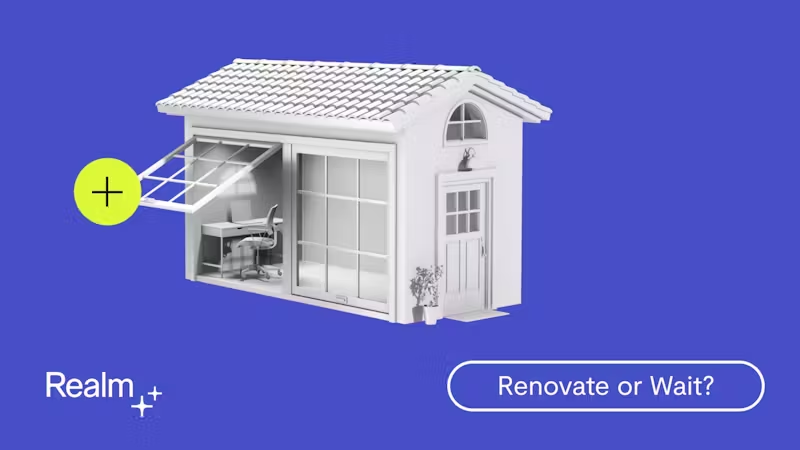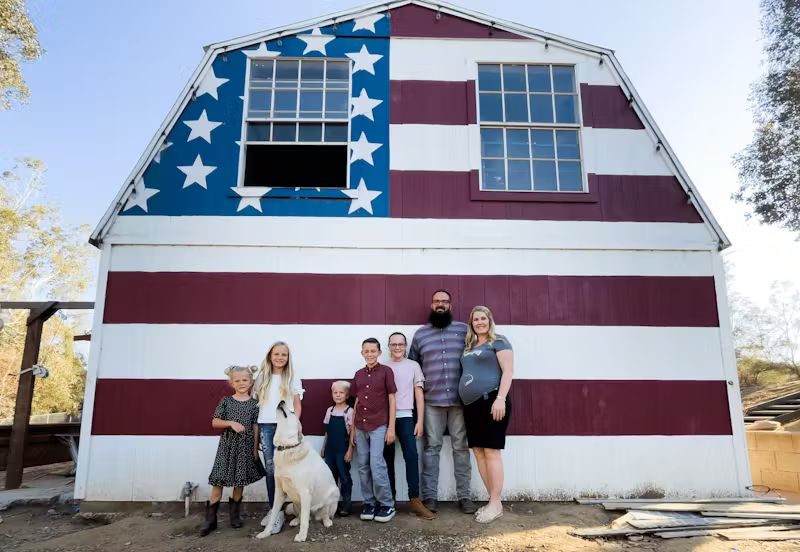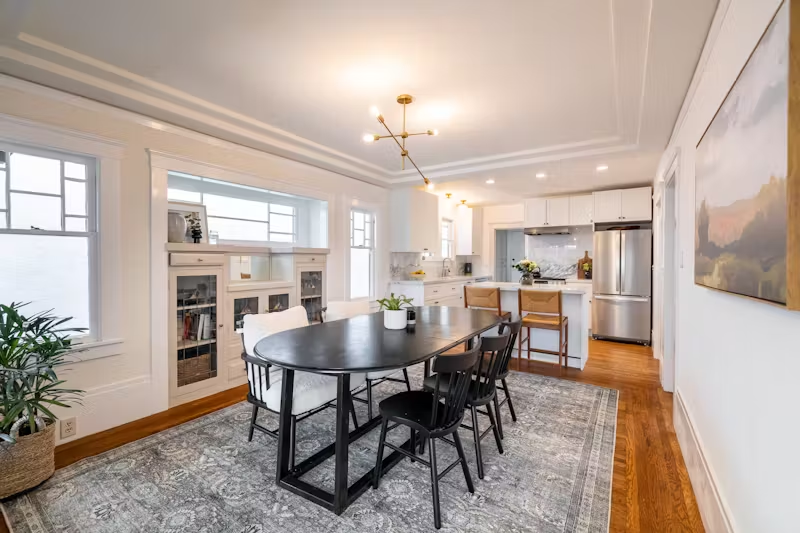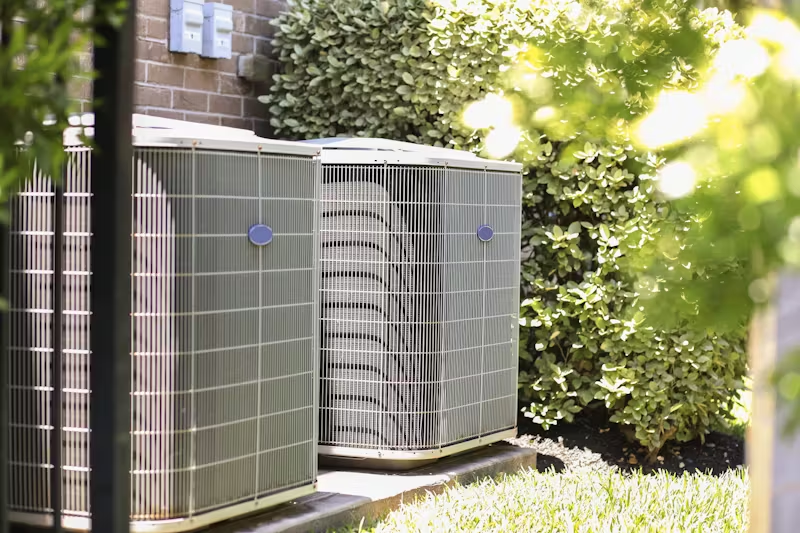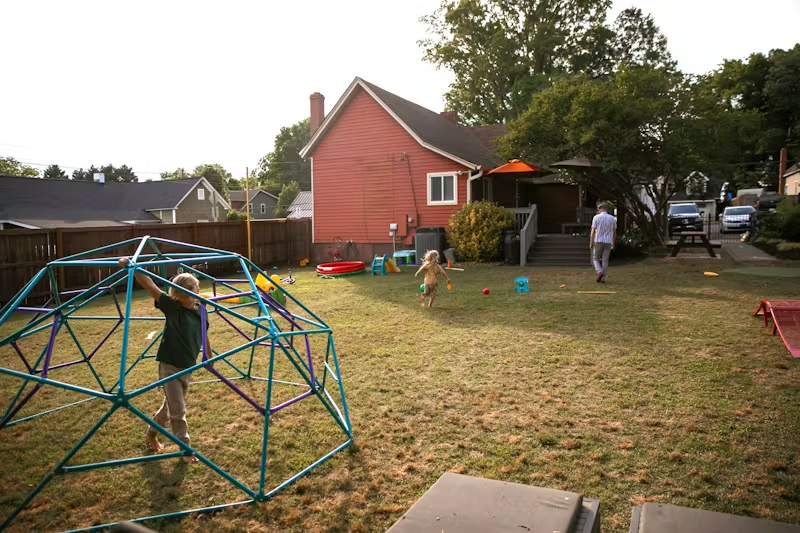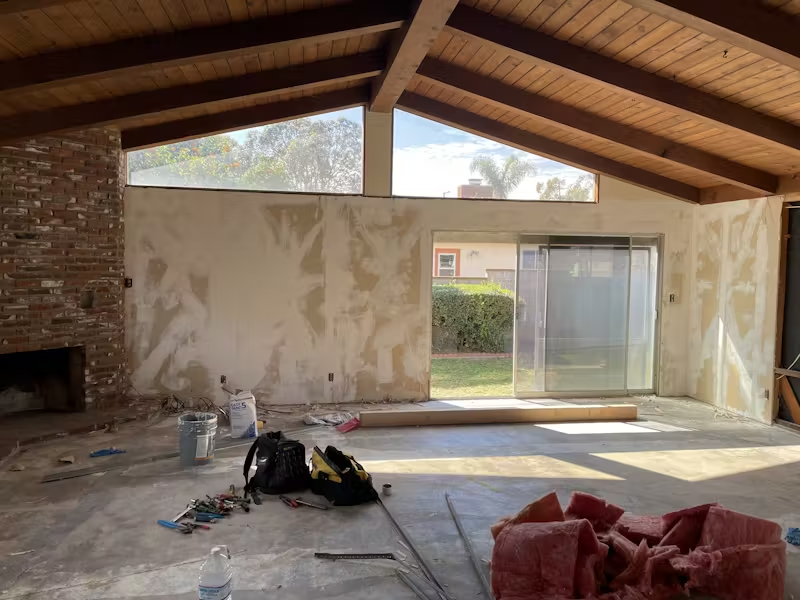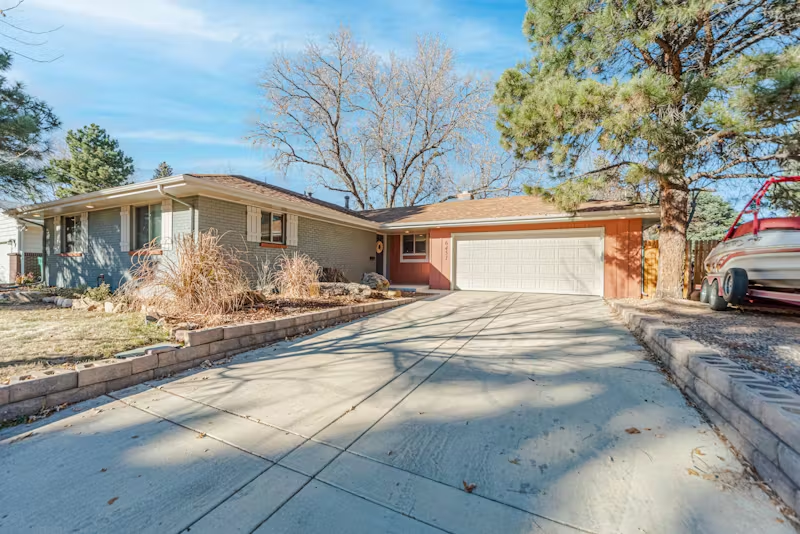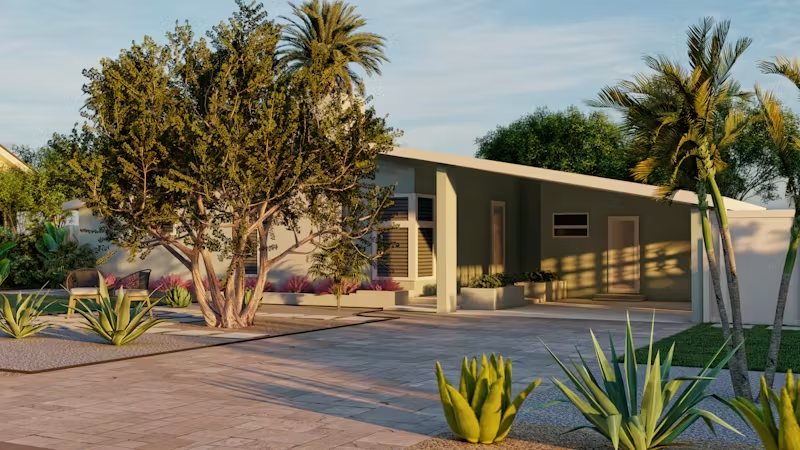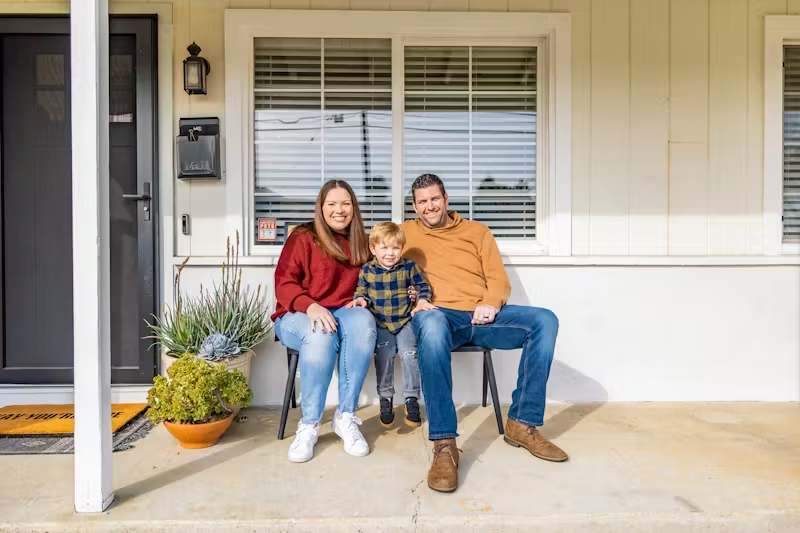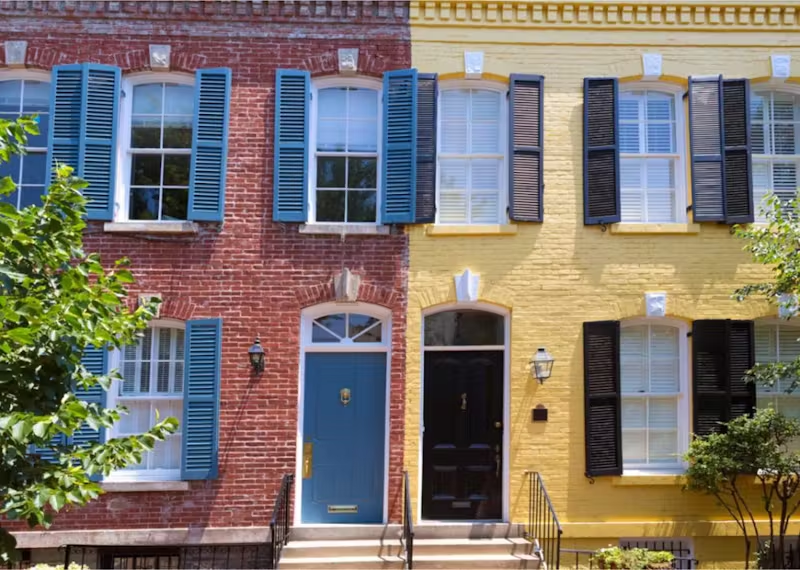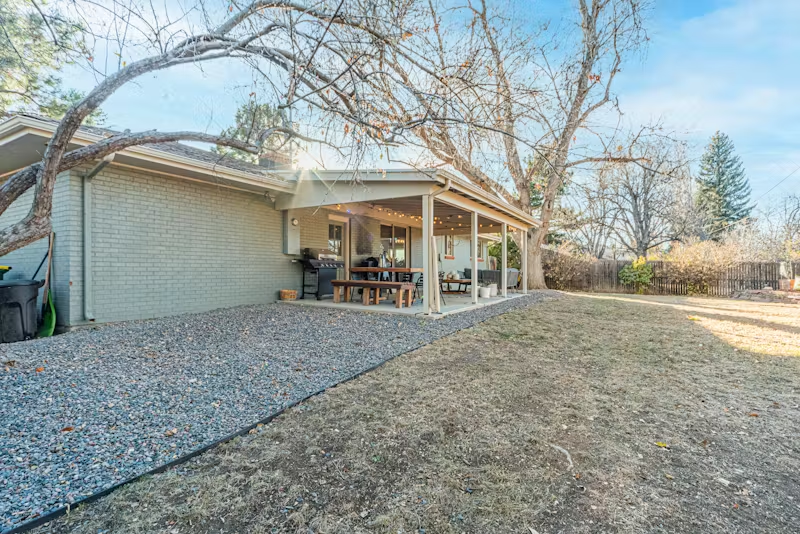How Much Does a Roof Replacement Cost? A Homeowner's Guide
Get clear answers to how much roof replacement cost, plus tips on budgeting, materials, and hiring the right contractor for your next roofing project.
|
October 16, 2025
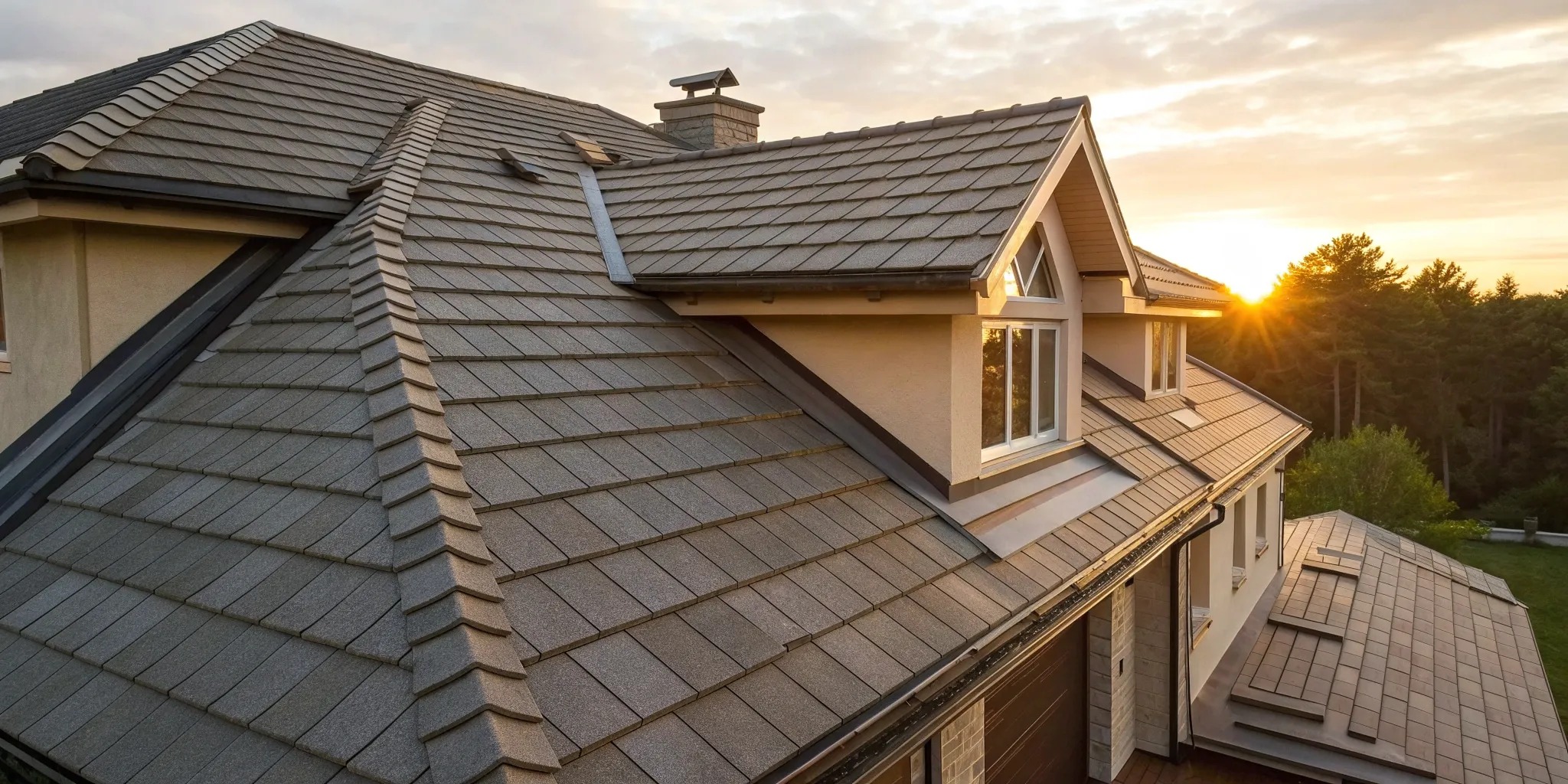
In this article:
If you live on the West Coast, you know that location plays a huge role in any home renovation project. From the higher labor rates in the Bay Area to the specific material needs for homes in Seattle’s rainy climate, your zip code has a significant impact on the final bill. When you start researching how much roof replacement cost, it’s essential to consider these regional factors. This article is tailored to help homeowners in our communities understand the local nuances that affect pricing. We’ll break down the numbers and provide insights that are relevant to your specific area, ensuring you have the information you need to budget accurately.
Key Takeaways
- Understand the full cost breakdown: Your final price goes far beyond materials. Labor often accounts for over half the total, and your roof's specific size, pitch, and complexity will significantly impact the quote.
- Plan for the unexpected: Always get at least three detailed estimates to find a fair price, and build a 10-20% contingency fund into your budget to cover surprises like hidden water damage that can only be found after the old roof is removed.
- Prioritize a quality contractor over the lowest bid: A trustworthy professional will be licensed, insured, and provide a detailed contract with clear warranties for both materials and their workmanship—this is your best protection for a major home investment.
How Much Does a New Roof Cost?
Figuring out the budget for a new roof can feel like a huge undertaking, but it’s one of the most important investments you can make in your home. A solid, well-installed roof protects everything underneath it—including your family and your belongings. The final price tag can vary quite a bit, but understanding the key components will help you plan effectively and avoid any surprises.
The cost of a roof replacement depends on a handful of major factors, including the size and complexity of your roof, the materials you choose, and even where you live. We’ll break down the numbers, from the national average to the per-square-foot costs, so you can get a clearer picture of what to expect. We’ll also touch on a common question: will your homeowner's insurance help foot the bill? Let’s get into the details.
The National Average
When you start looking at roof replacement costs, you'll see a wide range of numbers. On average, most homeowners in the U.S. spend about $9,500 for a new roof. However, that's just a starting point. The actual cost can swing from as low as $5,800 to over $47,000. This huge variation is due to factors like the roofing materials you select, the size and pitch of your roof, and the contractor you hire. Think of the national average as a general guideline to help you begin budgeting, not a fixed price for your specific project.
How Your Location Affects Price
Where you live plays a big role in your final roof cost. If you’re in an area with a higher cost of living, like many cities in California and Washington, you can expect labor rates to be higher than the national average. Local climate is another key factor. Homes in areas prone to heavy rain, high winds, or even wildfire risk may require more durable materials or specialized installation techniques, which can add to the overall expense. A local contractor can give you the best advice on materials that stand up to your region’s weather.
Breaking It Down by Square Foot
To get a more tailored estimate, it helps to think in terms of square footage. On average, a new roof costs between $6.30 and $12.30 per square foot. When you receive quotes from contractors, you’ll often see the term "roofing square," which is simply a 100-square-foot area. Knowing the approximate square footage of your roof will empower you to better understand and compare the estimates you receive. You can use an online roofing calculator to get a rough idea before you start talking to professionals.
Will Insurance Cover Your New Roof?
This is a question every homeowner asks, and the answer is: sometimes. Homeowner's insurance is designed to cover sudden and accidental damage, not routine wear and tear. If your roof is damaged in a storm, by a falling tree, or in a fire, your policy will likely help cover the replacement cost after you pay your deductible. However, if your roof is simply old and has reached the end of its lifespan, you’ll typically have to cover the cost yourself. It’s always a good idea to review your policy or check with your insurance agent to understand exactly what’s covered.
What Determines Your Final Roof Cost?
Getting a handle on your roof replacement budget means understanding what goes into the final quote. It’s not just about the shingles; several key factors influence the price. From the size and shape of your roof to the team you hire, each element plays a role in the total investment. Breaking down these components will help you see where your money is going and make informed decisions for your home.
Size and Pitch of Your Roof
It makes sense that a larger roof requires more materials and more time to install, which directly translates to a higher cost. But it’s not just about square footage. The complexity and pitch (or steepness) of your roof are also major factors. A steeply pitched roof is more difficult and dangerous for a crew to work on, so labor costs will be higher. Similarly, a roof with multiple angles, dormers, chimneys, or skylights requires more detailed work, custom cuts, and specialized flashing, all of which add to the project's timeline and price tag.
Labor and Installation
Don’t be surprised to see labor making up a huge portion of your estimate—often around 60% of the total cost. This fee covers more than just the physical work of tearing off the old roof and installing the new one. You're paying for the skill, experience, and safety protocols of a professional crew. Hiring a qualified team is essential for a durable, long-lasting roof that protects your home. At Realm, we connect you with vetted local contractors who have the right credentials and a track record of quality work, ensuring your investment is in good hands.
Your Choice of Materials
The materials you choose will have one of the biggest impacts on your final cost. Asphalt shingles are the most common and budget-friendly option for many homeowners. However, if you’re looking for a different aesthetic or a longer lifespan, you might consider other materials. Metal, cedar, and composite roofs are more expensive upfront but can offer superior durability and a unique look. On the higher end, materials like slate and clay tile provide a premium appearance and can last a lifetime, but their cost and weight require a significant budget and potentially structural reinforcement.
Your Home's Location and Accessibility
Where you live plays a surprisingly large role in your roof replacement cost. Labor rates and material prices can vary significantly between cities and even neighborhoods. Your local climate is another key consideration. For instance, homes in areas prone to wildfires may require specific fire-resistant materials, while those in rainy climates need robust water-shedding systems. Realm provides specialized guidance for homeowners, including resources for wildfire recovery and prevention. Finally, if your home is difficult for crews and supply trucks to access, that can also add to the labor hours and overall cost.
Permits and Potential Surprises
A roof replacement is a major construction project, and most cities and counties require a building permit, which can add a few hundred dollars to your bill. It’s also wise to budget for the unexpected. Once the old roofing material is removed, your contractor might uncover hidden issues like rotted decking, water damage to the underlying structure, or inadequate ventilation. These problems must be fixed before the new roof can be installed, adding to your costs. Planning for a contingency fund of 10-15% can help you handle these surprises without derailing your budget.
A Guide to Common Roofing Materials
Choosing the right material for your roof is one of the biggest decisions you'll make during a replacement project. It impacts everything from the final price tag to how long your roof will last and how it looks from the street. Each option has its own unique set of benefits, costs, and maintenance needs. To help you figure out what’s best for your home and budget, let's walk through some of the most common roofing materials you'll encounter.
Asphalt Shingles
There's a reason asphalt shingles are the most common roofing material across the country: they're affordable and relatively simple to install. For a standard-sized roof, you can expect the roof replacement cost to be between $5,840 and $10,100. They come in a wide variety of colors and styles, making it easy to find a look that complements your home's exterior. While they don't have the longest lifespan—typically 15 to 30 years—their balance of cost and performance makes them a practical choice for many homeowners. They are a solid, reliable option that gets the job done without breaking the bank.
Metal
If you're looking for something that will stand the test of time, metal roofing is an excellent choice. Known for its impressive durability, a metal roof can last anywhere from 40 to 70 years. This longevity comes with a higher initial investment, with costs typically ranging from $10,245 to $41,640. Beyond its strength, metal is also highly energy-efficient. It reflects solar heat, which can help reduce cooling costs during hot summers—a major plus for homes in warmer climates. From standing seam to corrugated panels, you have plenty of modern styles to choose from.
Slate and Tile
For a timeless, high-end look, it's hard to beat slate or clay tiles. These materials are the heavyweights of the roofing world, both in terms of durability and actual weight. A well-maintained slate or tile roof can last over 100 years, making it a true lifetime investment for your home. This premium quality is reflected in the price, with replacement costs ranging from $39,925 to $54,020. While the upfront cost is significant, the incredible lifespan and classic curb appeal can add substantial value to your property. Your home's structure must be able to support the extra weight, so a professional assessment is key.
Wood Shakes
Wood shakes and shingles offer a beautiful, natural aesthetic that adds rustic charm to any home. Typically made from cedar, they provide a distinctive look that many homeowners love. A wood shake roof generally lasts up to 30 years, but it requires consistent upkeep to reach that potential. The cost for a new wood shake roof usually falls between $10,230 and $15,500. The main consideration here is maintenance; wood is susceptible to rot, mold, and insects, so you'll need to plan for regular inspections and treatments to keep it in top condition. This is a great option if you love the look and are prepared for the care it needs.
Synthetic and Green Options
Modern roofing technology has introduced some fantastic synthetic and eco-friendly options. These materials are engineered to look like traditional slate, wood, or tile but are often lighter, more durable, and require less maintenance. Many are made from recycled plastics and rubber, making them a sustainable choice. The cost for these materials can vary widely depending on the quality and style you choose, offering flexibility for different budgets. They are also often designed for energy efficiency, helping to insulate your home. If you want the look of a classic material without the associated weight or upkeep, synthetic roofing is definitely worth exploring.
What Else Goes Into a Roof Replacement?
When you get a quote for a new roof, the cost of shingles is just the starting point. A full roof replacement is a complex project that involves several other critical components to protect your home. These "hidden" costs aren't extras; they're essential parts of a complete roofing system that ensures your house stays dry, safe, and structurally sound for years to come. Understanding what goes into the job will help you read your contractor’s estimate with confidence and see where every dollar is going. Think of it as building a complete defense system for your home, not just laying down a new top layer.
Structural Support
Beneath your shingles lies the roof decking, a layer of wood (usually plywood or OSB) that forms the foundation of your entire roof. If your old roof had leaks, there’s a good chance some of this decking is water-damaged, soft, or rotting. A professional contractor will inspect the decking after tearing off the old materials and replace any compromised sections. This is a non-negotiable step for a lasting installation. While replacing roof decking adds to the cost, it’s a crucial investment in your home’s structural integrity that you can’t afford to skip.
Proper Ventilation
A roof needs to breathe to survive. Proper ventilation is a system of intake and exhaust vents that allows air to circulate through your attic, preventing heat buildup in the summer and moisture accumulation in the winter. Without good airflow, you risk serious issues like mold, rot, and ice dams, which can drastically shorten your roof’s lifespan and damage its structure. During a replacement, your contractor will assess your current ventilation and may recommend adding or upgrading vents to meet modern building codes. This small addition to the project cost protects your much larger investment and can even help lower your energy bills.
Flashing and Underlayment
Think of flashing and underlayment as your roof’s essential rain gear. The underlayment is a water-resistant barrier installed directly onto the roof decking, acting as a second line of defense against moisture. Flashing consists of thin pieces of metal installed around chimneys, vents, skylights, and in roof valleys—anywhere the roof is penetrated or changes direction. These components are absolutely essential for preventing leaks in the most vulnerable areas. During a full replacement, your contractor will install brand new flashing and underlayment to ensure a watertight seal, protecting your home from potential water damage.
Gutters
Your roof and gutters are a team. The roof sheds water, and the gutters are supposed to direct it safely away from your home’s foundation. A roof replacement is the perfect time to take a hard look at your existing gutters. If they are old, damaged, or improperly sized, they won’t be able to handle the runoff from your new roof. Many homeowners choose to replace their gutters at the same time as their roof. While this is a separate expense, bundling the two jobs can be more efficient and ensures your entire water management system is working correctly.
Old Roof Removal and Disposal
Before the new roof can go on, the old one has to come off. This process, known as the tear-off, involves labor costs for removing all the old shingles, underlayment, and nails. The cost can vary depending on the size and pitch of your roof. If you have multiple layers of old shingles—a common shortcut in older homes—the removal will be more labor-intensive and therefore more expensive. Your estimate should also include the cost of a dumpster and the fees for responsibly disposing of all the old material. This is a standard and necessary part of any professional roof replacement.
How to Budget for Your New Roof
Creating a budget for a new roof can feel like a huge task, but breaking it down into manageable steps makes it much easier. A solid budget is your best tool for staying in control of the project, avoiding surprises, and making choices you’ll be happy with for years to come. Think of it as the blueprint for your project’s financial success. With a clear plan, you can confidently move forward and ensure you’re making a smart investment in your home’s safety and value.
Get an Accurate Roof Measurement
Before you can get a reliable quote, you need to know the size of your roof. The total square footage is the biggest factor in determining material and labor costs. You can get a good estimate by measuring the length and width of each plane or section of your roof and then adding those figures together. This gives you a clear idea of the area that needs to be covered, which is essential for an accurate cost estimate. Having this number handy when you start talking to contractors will help you have more informed conversations and better evaluate the quotes you receive.
Get and Compare Quotes
Once you have your measurements, it’s time to shop around. Don’t just go with the first contractor you find. It’s a good practice to obtain at least three to five estimates from different, well-regarded roofing companies. This helps you find competitive pricing, but it’s not just about finding the lowest number. Comparing quotes allows you to see what different contractors include in their price, from materials and labor to cleanup and warranties. This process ensures you find a partner who offers quality work at a fair price. At Realm, we connect homeowners with our network of vetted professionals to simplify this step.
Explore Financing Options
A new roof is a significant expense, and you don’t have to pay for it all at once. Many homeowners use financing to make the cost more manageable. A lot of roofing companies offer their own financing solutions that let you pay for your new roof over time, breaking the total cost into predictable monthly payments. You can also look into other options like a home equity line of credit (HELOC) or a personal loan. Exploring these avenues can help you get the quality roof you need now without draining your savings.
Plan for Unexpected Costs
Even with the most detailed plan, surprises can happen. When the old roof comes off, your contractor might find hidden issues like rotted decking or water damage that need to be fixed before the new roof can be installed. One of the biggest mistakes homeowners make is budgeting only for the visible work. To avoid stress, it’s smart to build a contingency fund into your budget. Setting aside an extra 10% to 20% of the total project cost for these potential issues will give you peace of mind and financial flexibility.
Consider the Long-Term Value
When you’re looking at material costs, try to think beyond the initial price tag. While budget-friendly asphalt shingles are a great choice for many, investing in higher-quality materials can sometimes save you money in the long run. Durable options like metal or slate might have a higher upfront cost, but they also have a much longer lifespan and require less maintenance. A more resilient roof can reduce the need for frequent repairs or a premature replacement, ultimately providing better long-term value for your home.
How to Choose the Right Roofing Contractor
Finding the right contractor is just as important as choosing the right materials. This is the person you’re trusting with the safety and integrity of your home, so it’s not a decision to take lightly. A great contractor communicates clearly, provides a fair and detailed estimate, and stands by their work. Vetting professionals is a huge part of what we do at Realm, because we know that the right team makes all the difference. Here’s how you can find a roofer you can trust.
Check Their Credentials
First things first: make sure any contractor you consider is licensed, bonded, and insured. Ask for proof of general liability insurance and worker's compensation—this protects you if an accident happens on your property. A reputable roofer should also be able to walk you through their process and explain why they recommend certain products for your specific home. If they can’t detail the timeline and scope of work clearly before the project begins, communication will likely only get worse. You can often verify a contractor's license online through your state's licensing board. A pro who is transparent and knowledgeable from the start is a pro you can rely on.
Understand the Estimate
It’s smart to get at least three quotes, but don’t let price be your only guide. The cheapest bid often cuts corners. A good estimate is a detailed document, not a number scribbled on a business card. It should break down the costs for materials, labor, permits, and debris removal. Be wary of any quote that seems vague or significantly lower than the others. Your goal is to find a balance between affordability and quality. A trustworthy contractor will provide a comprehensive estimate that leaves no room for surprises, ensuring you know exactly what you’re paying for before any work begins.
Watch for These Red Flags
Trust your gut. If a contractor makes you feel uncomfortable, it’s okay to walk away. Be on the lookout for major red flags like high-pressure sales tactics or demands for a large cash deposit upfront. A professional will have a physical office address, not just a P.O. box or a truck. After the work is done, signs of a bad roofing job can include uneven shingles, improperly installed flashing, or new leaks. Choosing a vetted professional from the start is the best way to avoid these headaches and ensure your new roof is installed correctly the first time.
Clarify Payment and Timelines
Before you sign anything, get all the details in writing. The contract should clearly state the total cost, a payment schedule, and the project’s start and end dates. Never pay for the entire job upfront. A typical payment structure might be a third to start, a third midway through, and the final third upon satisfactory completion. The contract should also outline the full scope of work, from tearing off the old roof to the final cleanup. Having a clear, signed agreement protects both you and the contractor and ensures everyone is on the same page from day one.
Review the Warranty
A new roof is a major investment, and a good warranty protects it. You’ll typically get two: a manufacturer’s warranty on the materials and a workmanship warranty from your contractor. Failing to ask about these is a common but damaging mistake. Make sure you understand what each warranty covers, how long it lasts, and what actions might void it. For example, some material warranties require installation by a certified contractor. Get copies of both warranties in writing and file them away with your contract for safekeeping. This paperwork is your assurance that the roofer stands behind their work.
Make a Smart Investment in Your Roof
A new roof is one of the most significant investments you'll make in your home. It’s not just about stopping leaks; it’s about protecting your property, improving energy efficiency, and increasing your home's value. Thinking through your options now will save you from costly mistakes and headaches later. By focusing on quality materials, smart timing, and long-term performance, you can ensure your new roof is a sound financial decision that serves you well for decades. Here’s how to approach your roof replacement like a seasoned pro.
Choose the Right Materials for Your Climate
The West Coast has incredibly diverse climates, from the foggy Bay Area to sunny San Diego. Choosing the wrong roofing material for your specific environment is a recipe for premature failure and extra costs. For example, some shingles that work great in moderate weather might crack under the intense sun and heat common in Southern California. Similarly, materials prone to moss or algae aren't ideal for the damp conditions in Seattle. Your home’s architectural style and your budget are also key factors. Taking the time to select the right materials ensures your roof will last as long as it's supposed to, protecting your home effectively through every season.
Time Your Project Right
Believe it or not, the time of year you replace your roof can have a big impact on the price. Most homeowners think about their roofs during the summer or after a big storm, which is peak season for contractors. As a result, demand is high, and so are the prices. If you can plan ahead, scheduling your project for the off-season—like late fall, winter, or early spring—can lead to significant savings. Contractors are less busy during these times, which can mean more competitive quotes and greater scheduling flexibility for your project. Planning your roof replacement during a slower period is a simple strategy to get a better deal.
Factor in Energy Savings
Your roof plays a huge role in your home's energy consumption. While higher-quality, energy-efficient materials might have a bigger price tag upfront, they can save you a lot of money on utility bills over the years. Features like "cool roofs" with reflective surfaces can bounce sunlight away from your home, keeping it cooler in the summer and reducing your reliance on air conditioning. This is especially valuable in sunny climates like Los Angeles and Sacramento. Investing in these energy-efficient options not only lowers your monthly expenses but also adds long-term value to your home, making it a smart financial move.
Understand Future Maintenance
A great roof starts with a great installation. A poor-quality job can lead to a cascade of problems, from uneven shingles and improper flashing to leaks and even a sagging roofline. Before you sign a contract, make sure you’re working with a vetted professional who guarantees their work. After the installation, it's important to know what to look for to ensure everything was done correctly. You should also understand the maintenance needs of your new roofing material. Some materials require more upkeep than others, and staying on top of it will extend the life of your roof and protect your investment for years to come.
Think About Your Homeowner's Insurance
Before you start getting quotes, pull out your homeowner's insurance policy. In some situations, your insurance might help cover the cost of a replacement, especially if the damage was caused by a specific event like a storm or falling tree. It’s important to know that most policies won’t cover a replacement due to old age or general wear and tear. However, installing a new roof, particularly with impact-resistant materials, can sometimes lead to a discount on your premiums. A quick call to your insurance agent can clarify your coverage details and help you budget more accurately for the project.
Frequently Asked Questions
How long does a typical roof replacement take? For an average-sized home, the entire process usually takes just a few days. The first day is often dedicated to tearing off the old roof and preparing the surface. The next day or two are for installing the new materials, and the final day involves finishing touches and a thorough cleanup. However, factors like bad weather, the complexity of your roof, or the discovery of hidden structural damage can extend this timeline.
Can I save money by putting new shingles over the old ones? While a "roof-over" might seem like a tempting shortcut to save on labor costs, it's generally not a good idea. This approach adds a lot of extra weight to your roof's structure and can trap moisture, leading to rot. It also makes it impossible for a contractor to inspect the underlying decking for damage. Most professional roofers will strongly advise against it because it often voids material warranties and can lead to much bigger, more expensive problems down the road.
Why is the price range for a new roof so wide? The final cost varies so much because every home and project is unique. The biggest factors are the size and steepness of your roof, the material you choose, and local labor rates. A simple, single-story home using standard asphalt shingles will be on the lower end of the spectrum. A large, multi-level home with a steep pitch requiring a premium material like slate or metal will be on the much higher end.
What's the most common mistake homeowners make when budgeting for a roof? The biggest mistake is not planning for the unexpected. It’s easy to budget for the contractor’s quote, but that number assumes everything under your old roof is in perfect condition. If the crew tears off the old shingles and finds rotted decking or water damage, that has to be fixed before the new roof can be installed. Setting aside an extra 10-20% as a contingency fund is the best way to handle these surprises without stress.
Besides cost, what's the most important thing to consider when choosing a roofing material? Your local climate is the most important factor after your budget. A material that performs well in one environment might fail prematurely in another. For example, homes in sunny, hot areas benefit from reflective "cool roof" materials that lower energy bills, while homes in rainy climates need materials that are excellent at shedding water and resisting moss. Always choose a material that is proven to stand up to the specific weather challenges in your region.






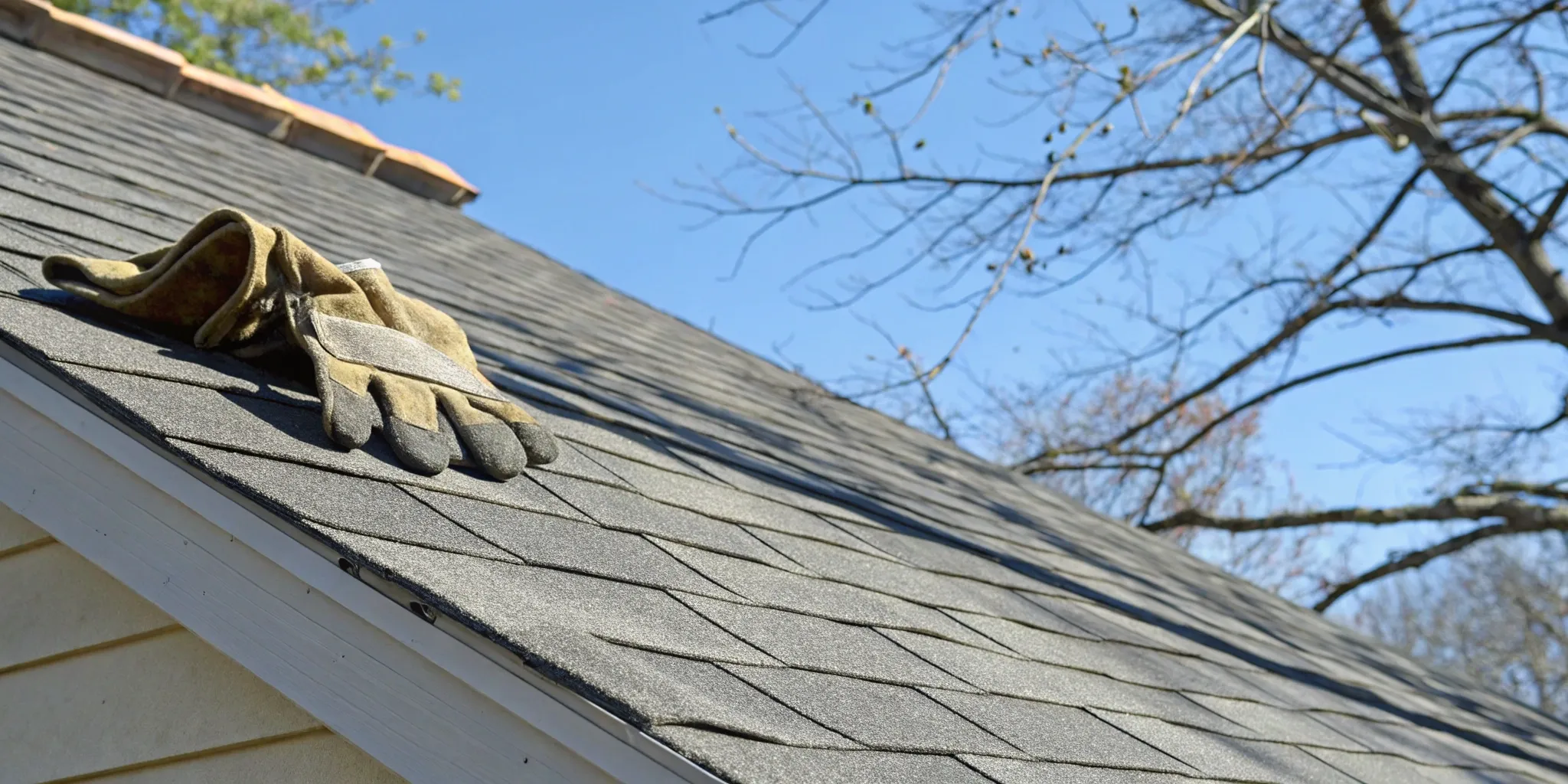
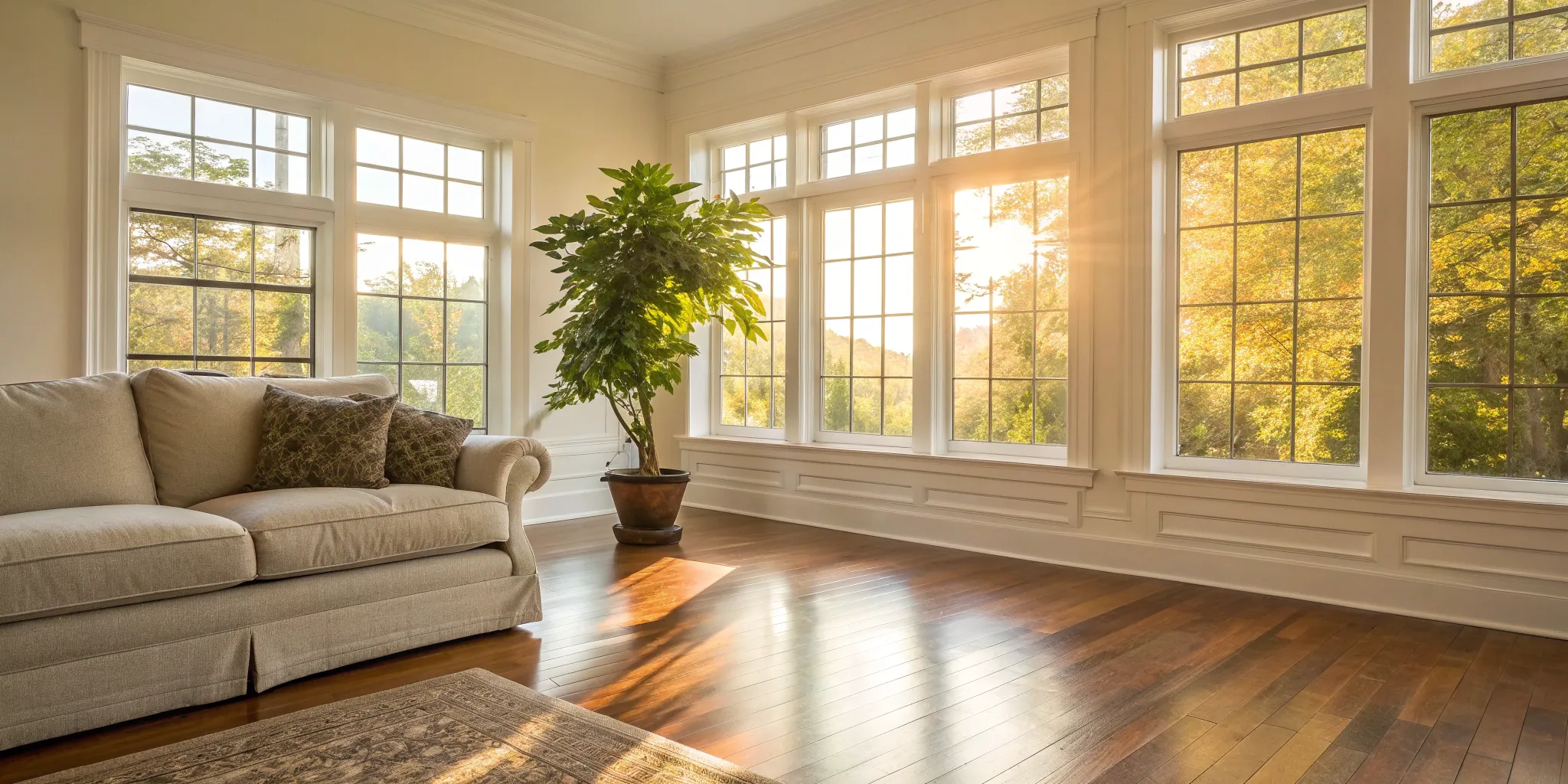

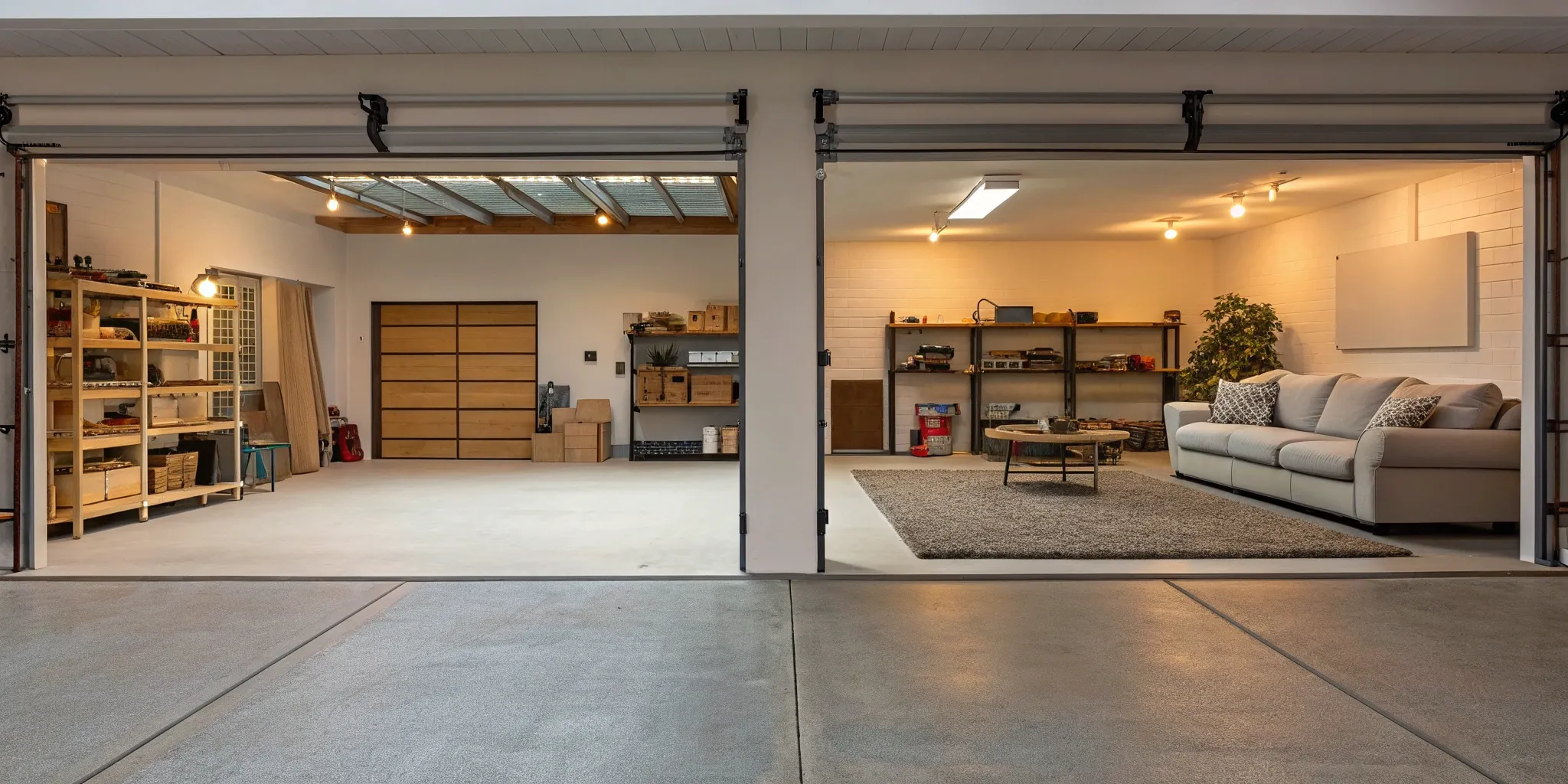
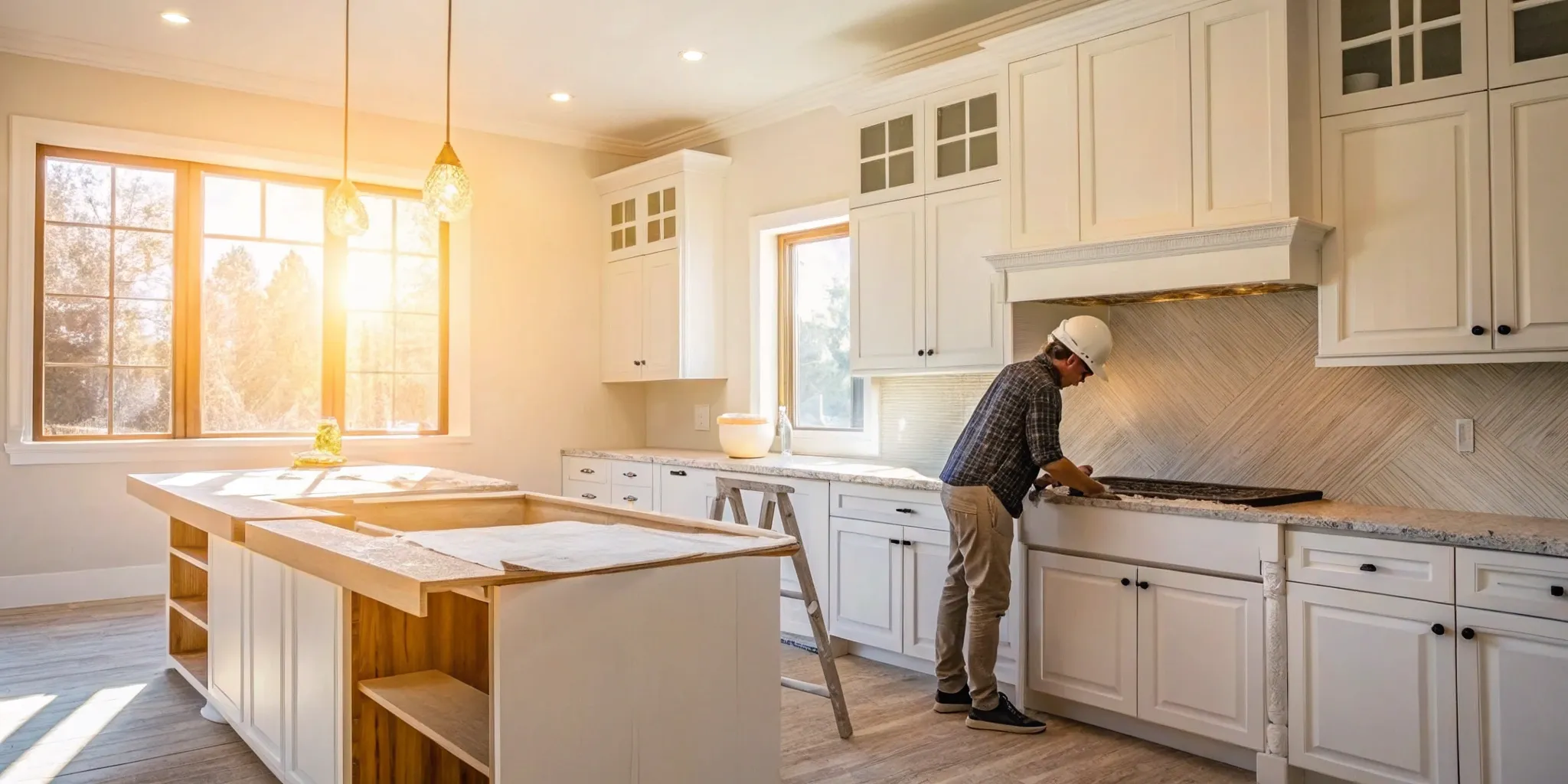
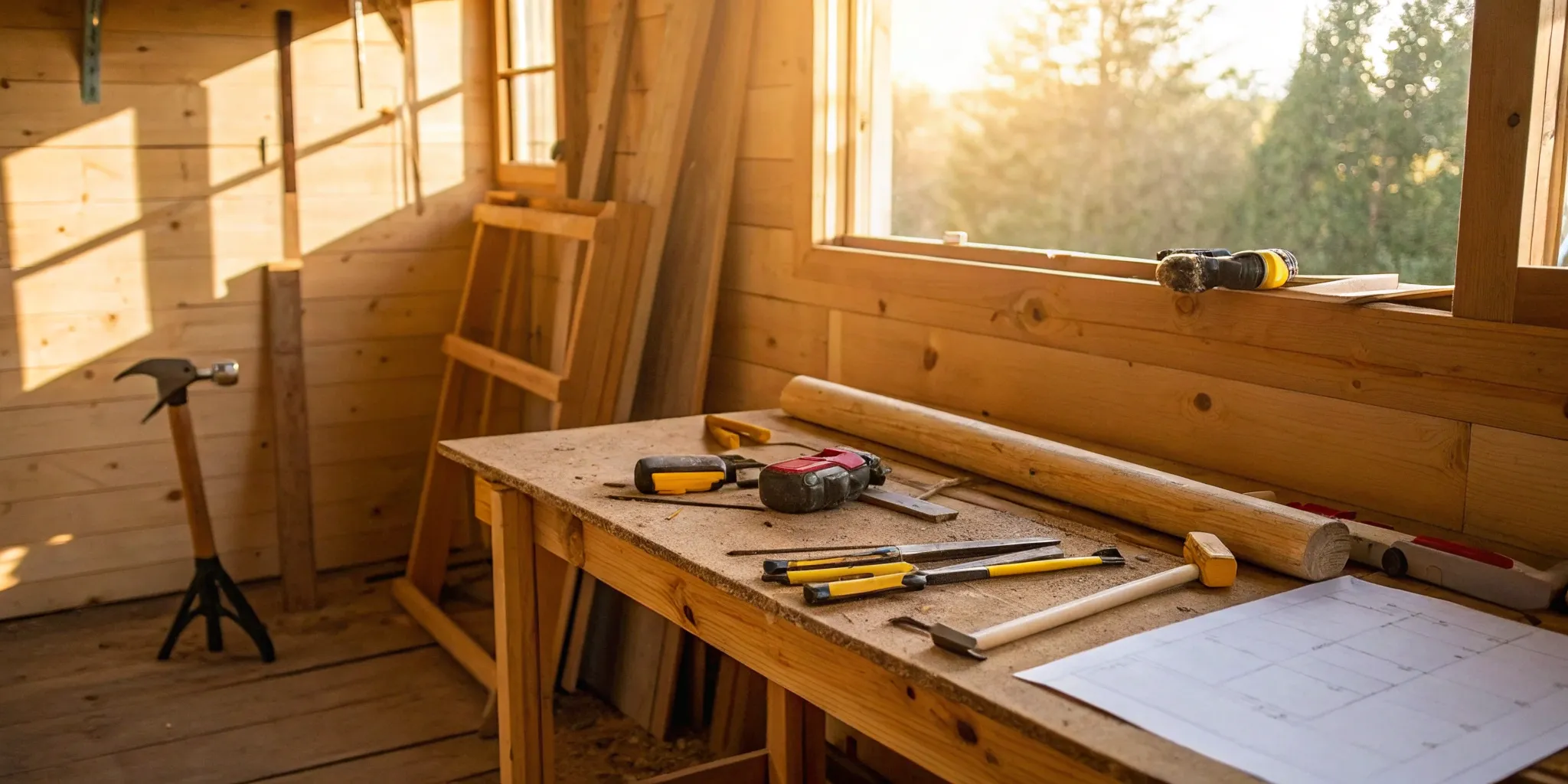

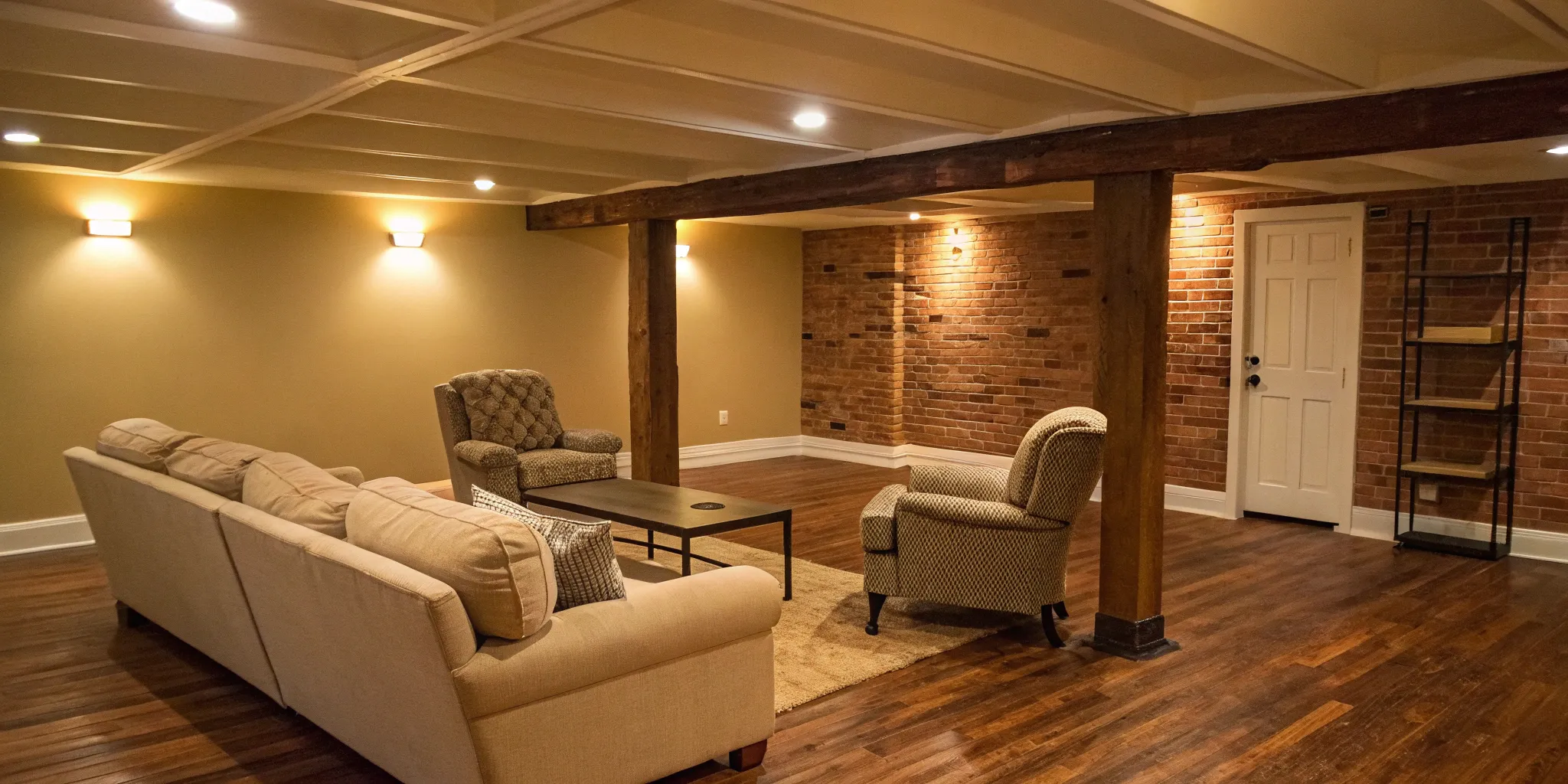

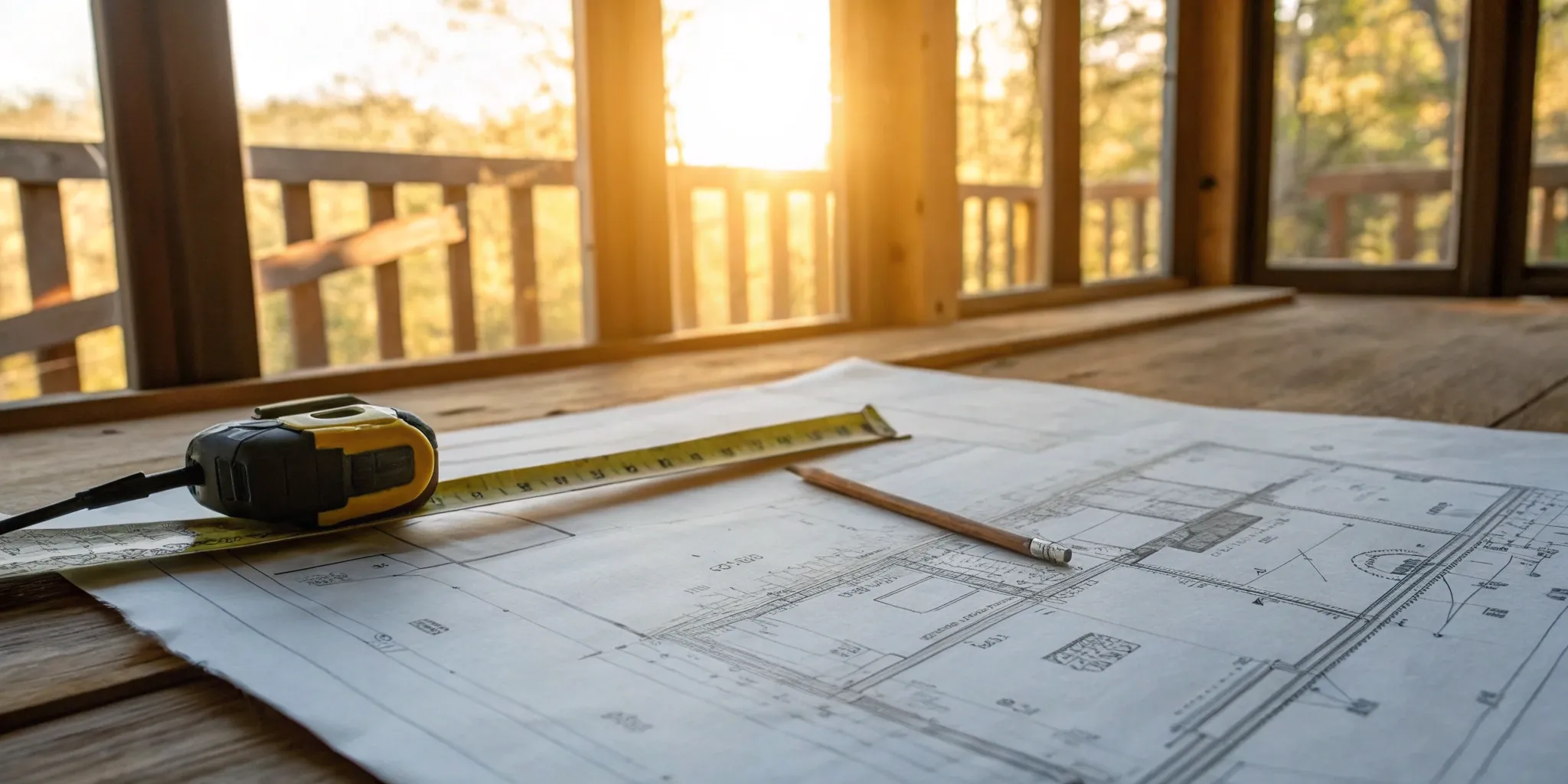
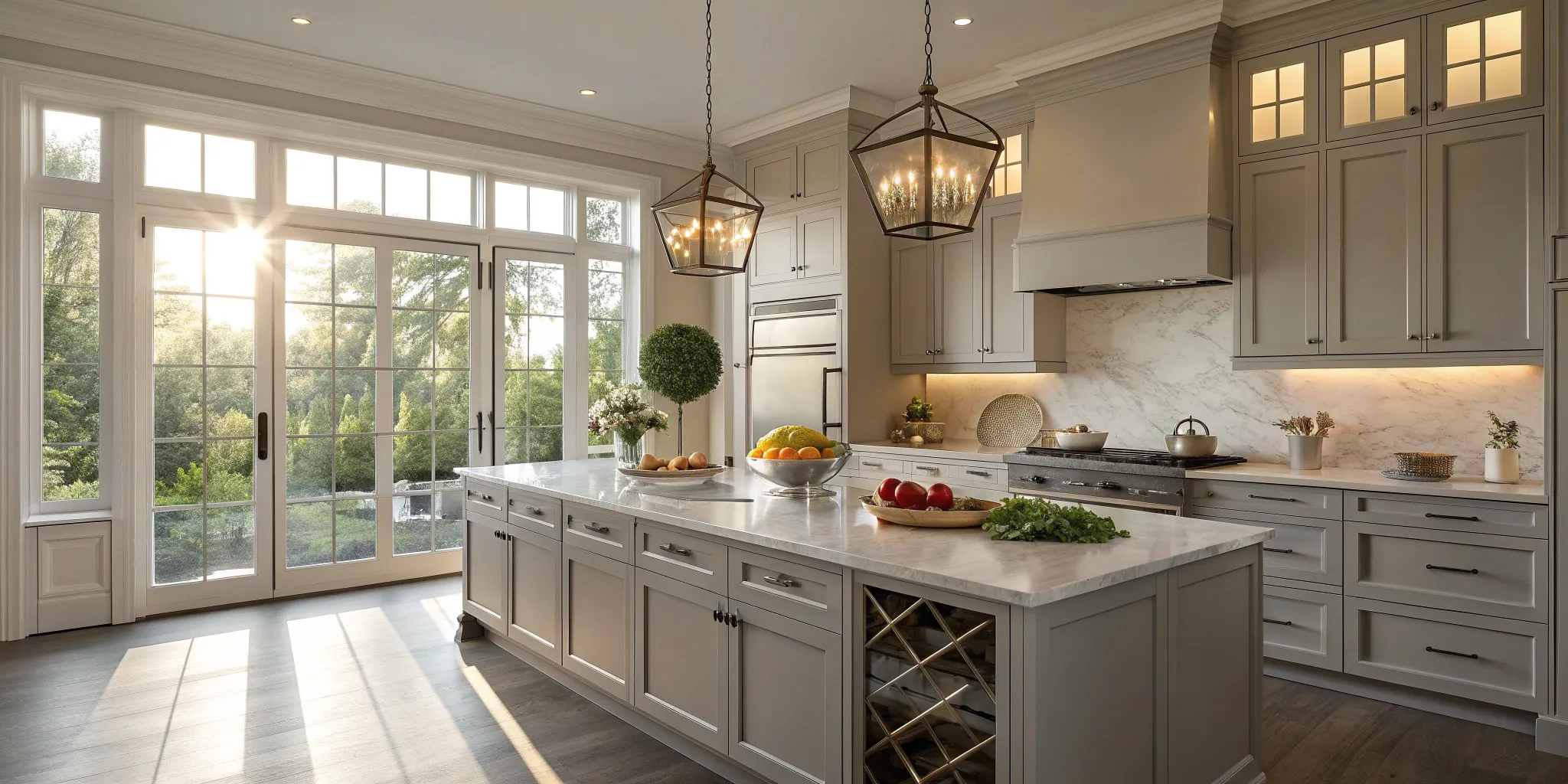


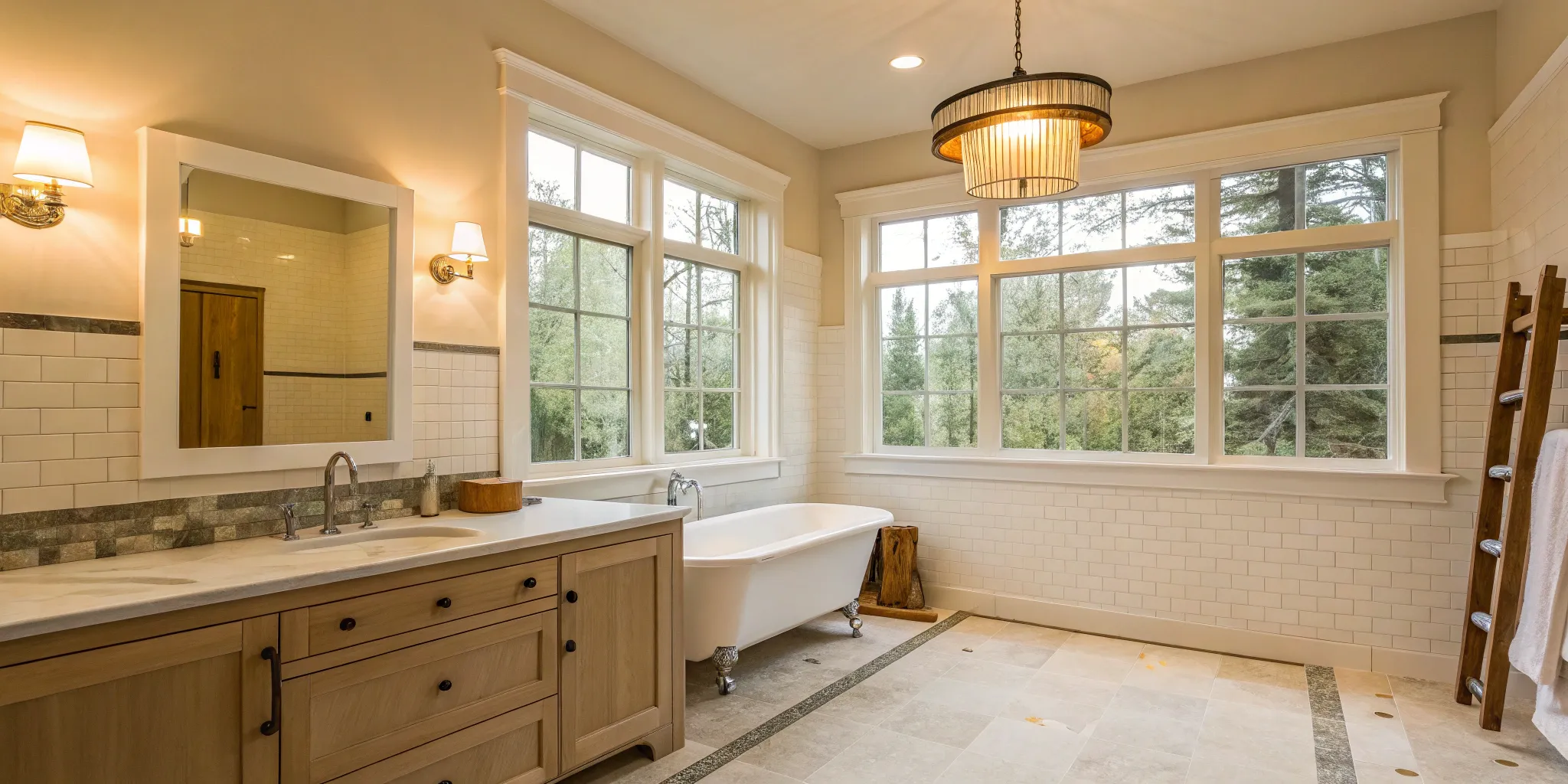
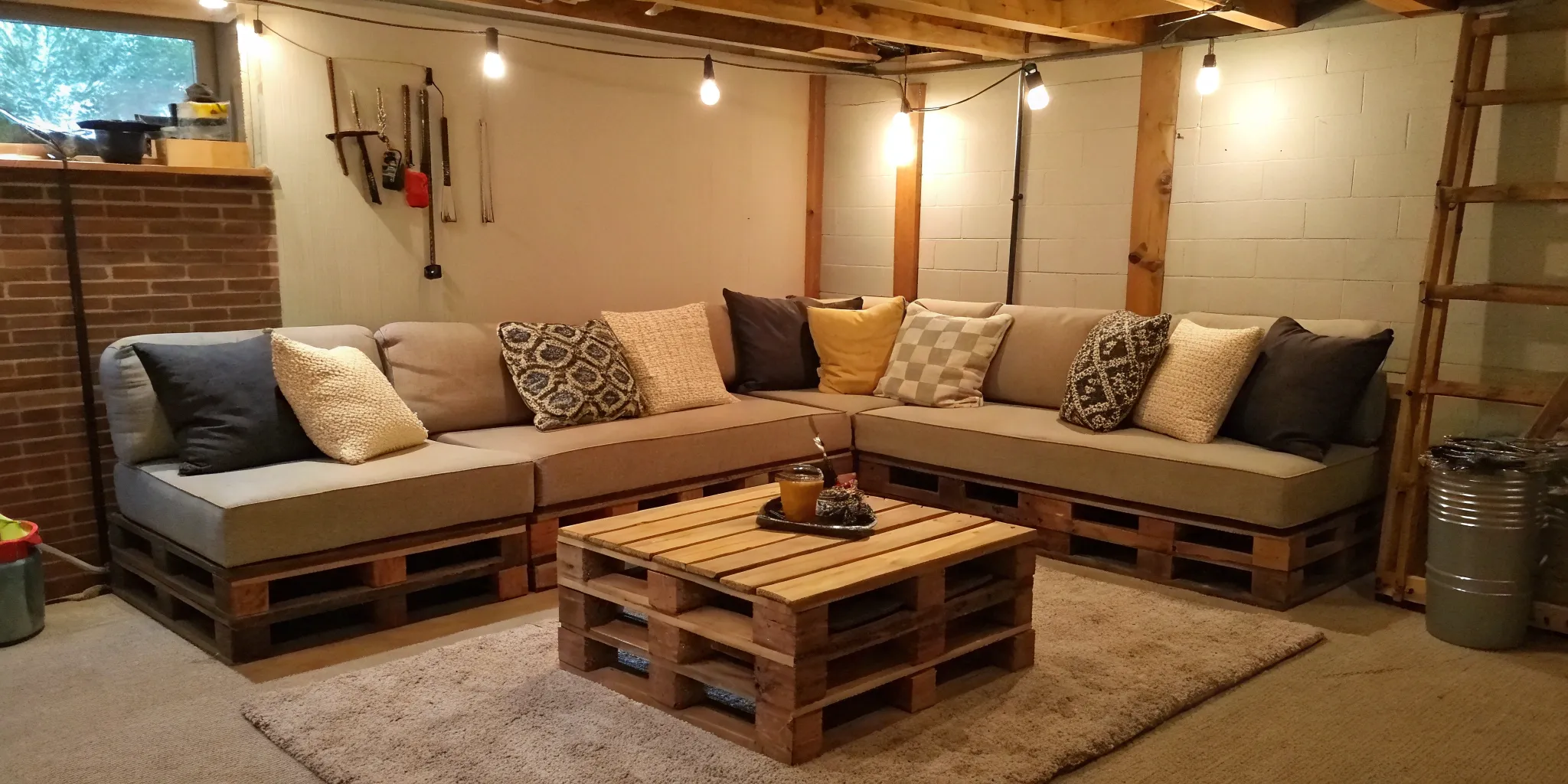
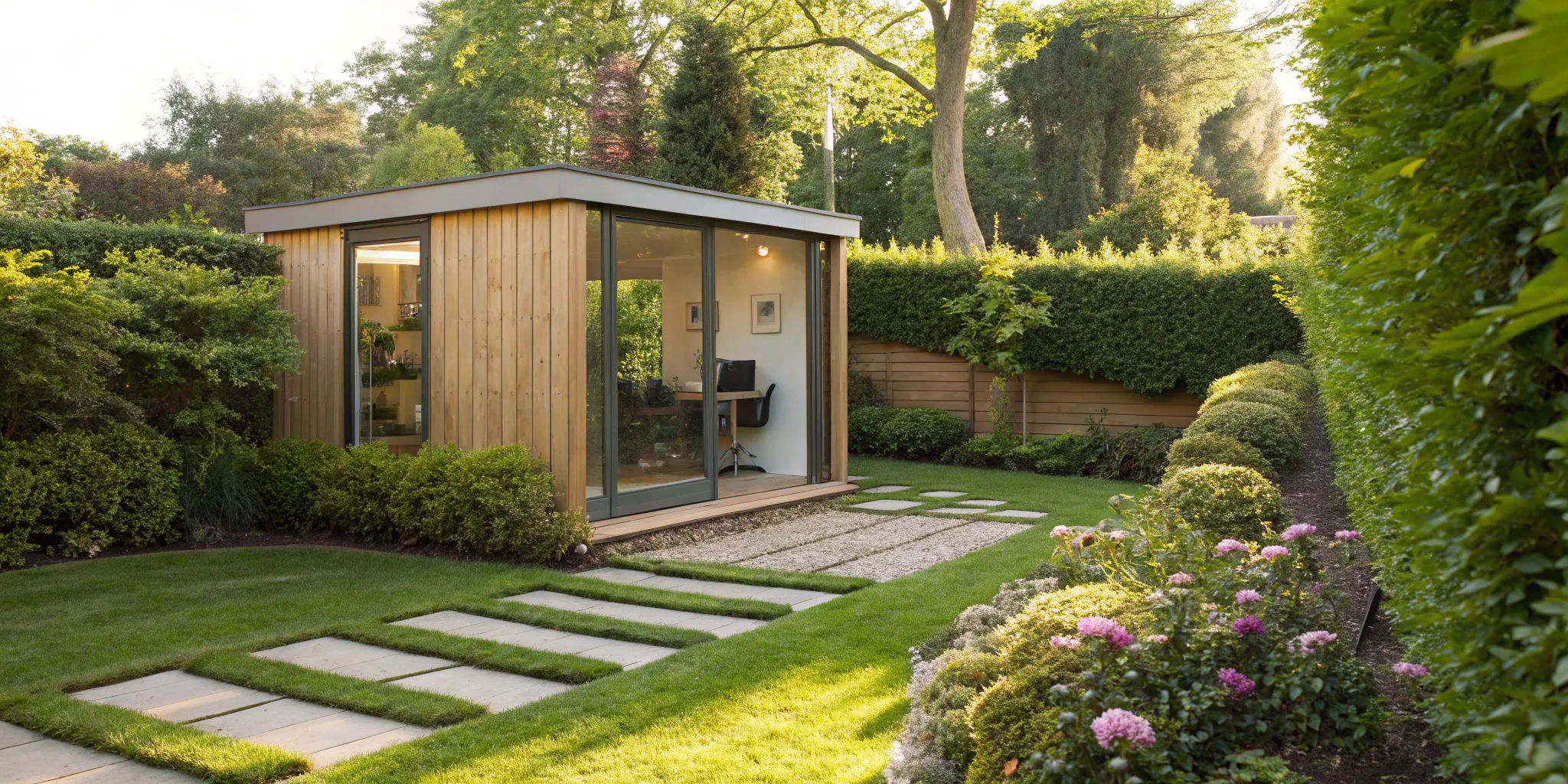
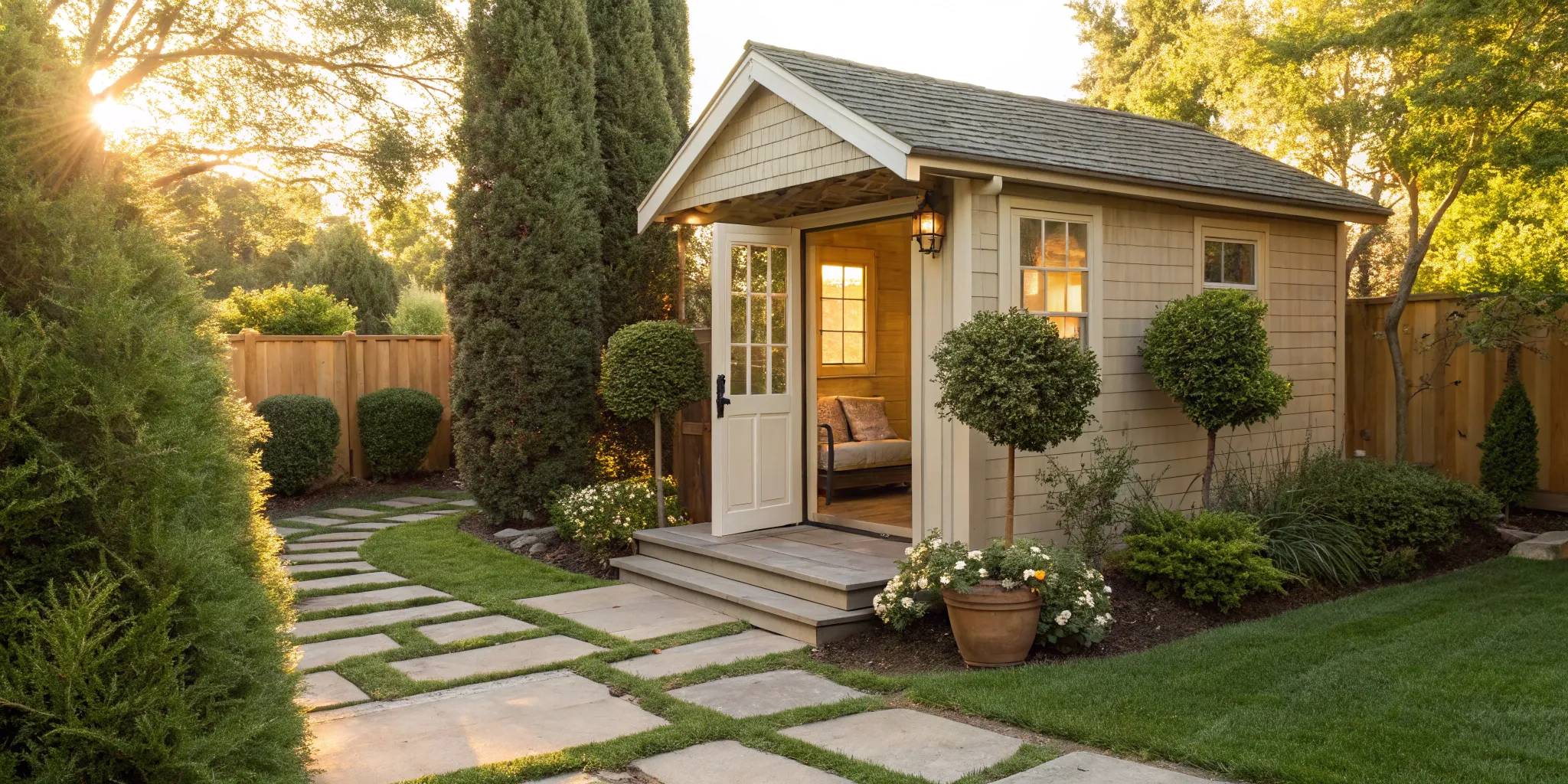
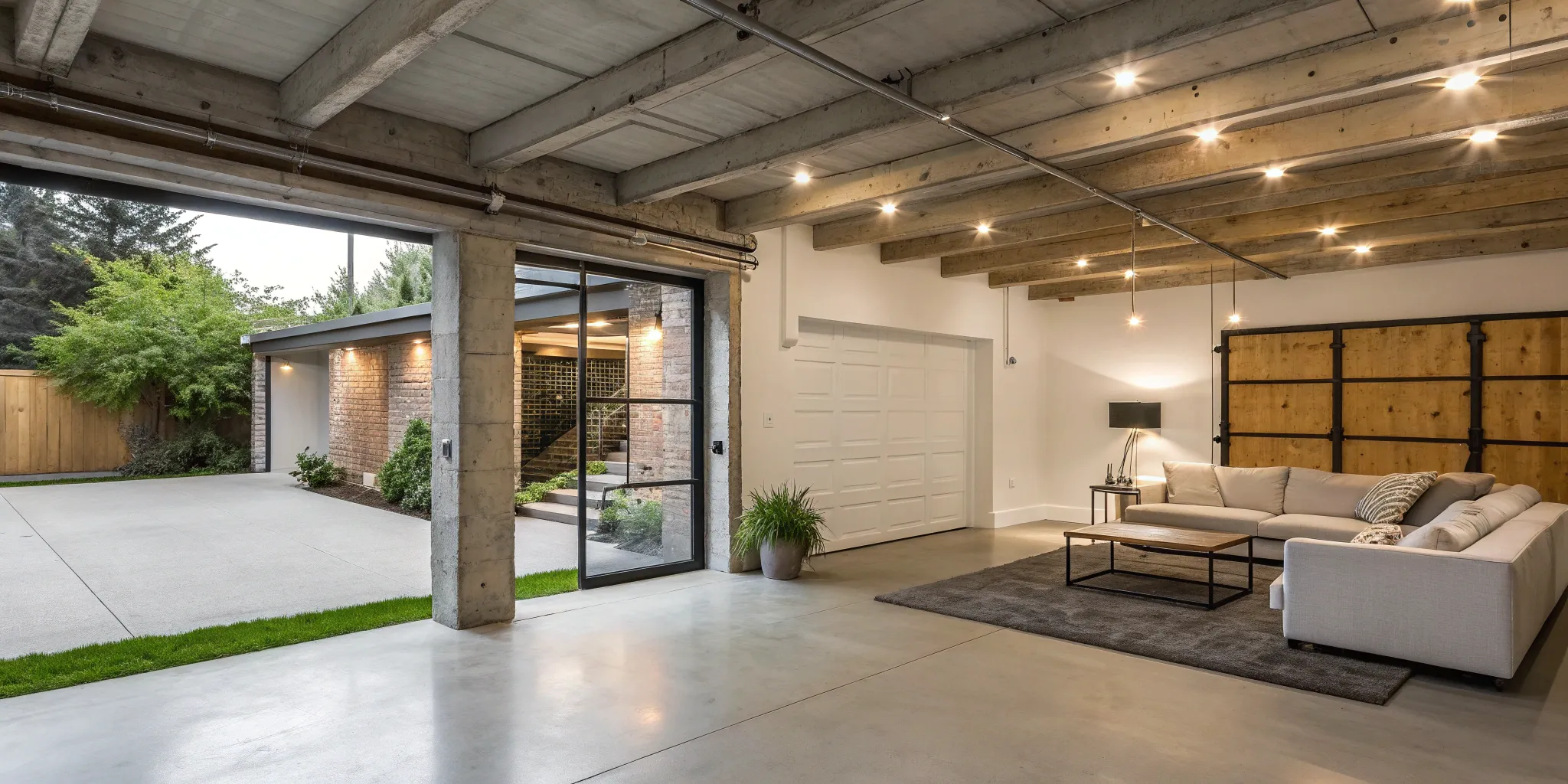

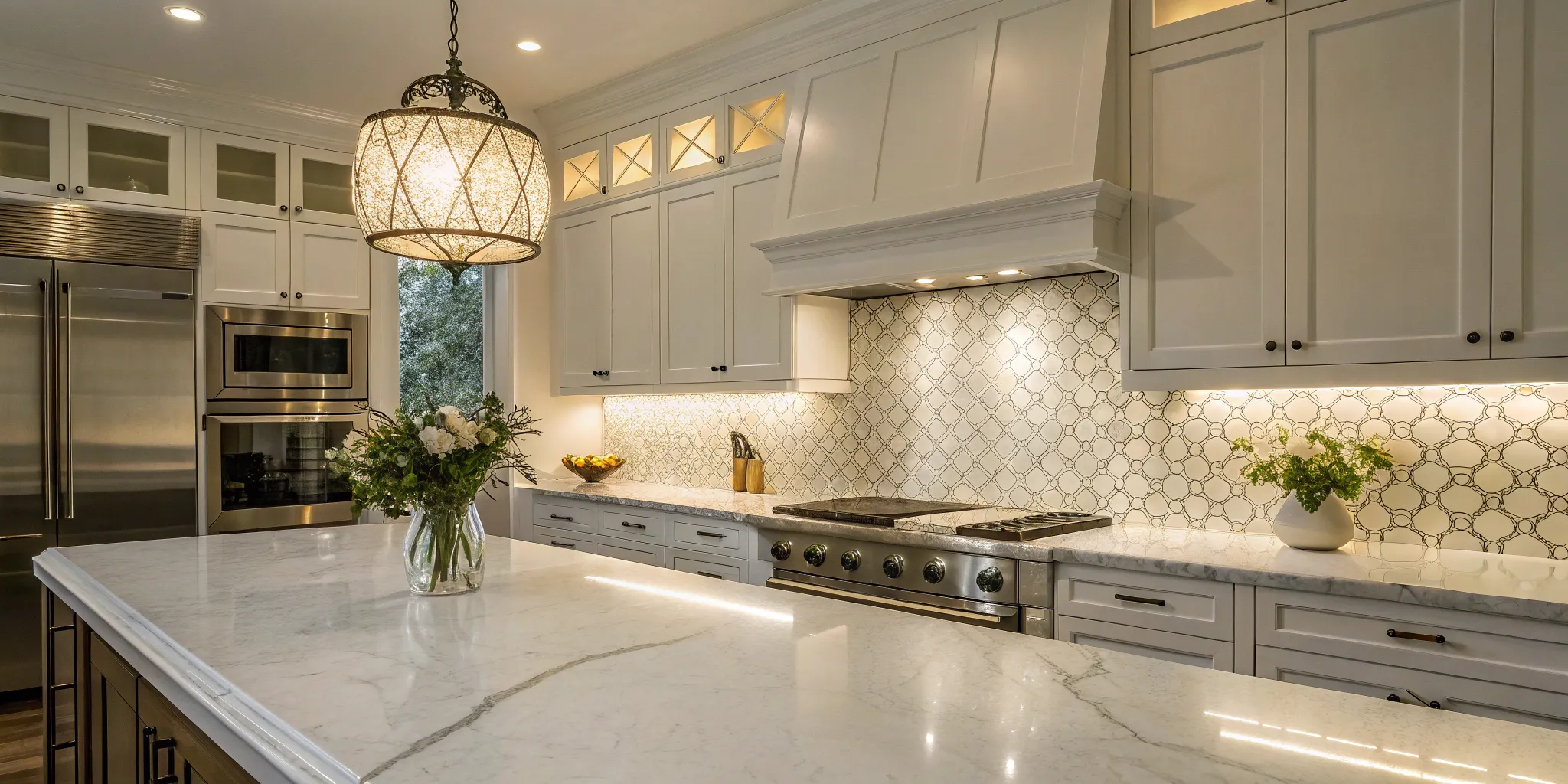
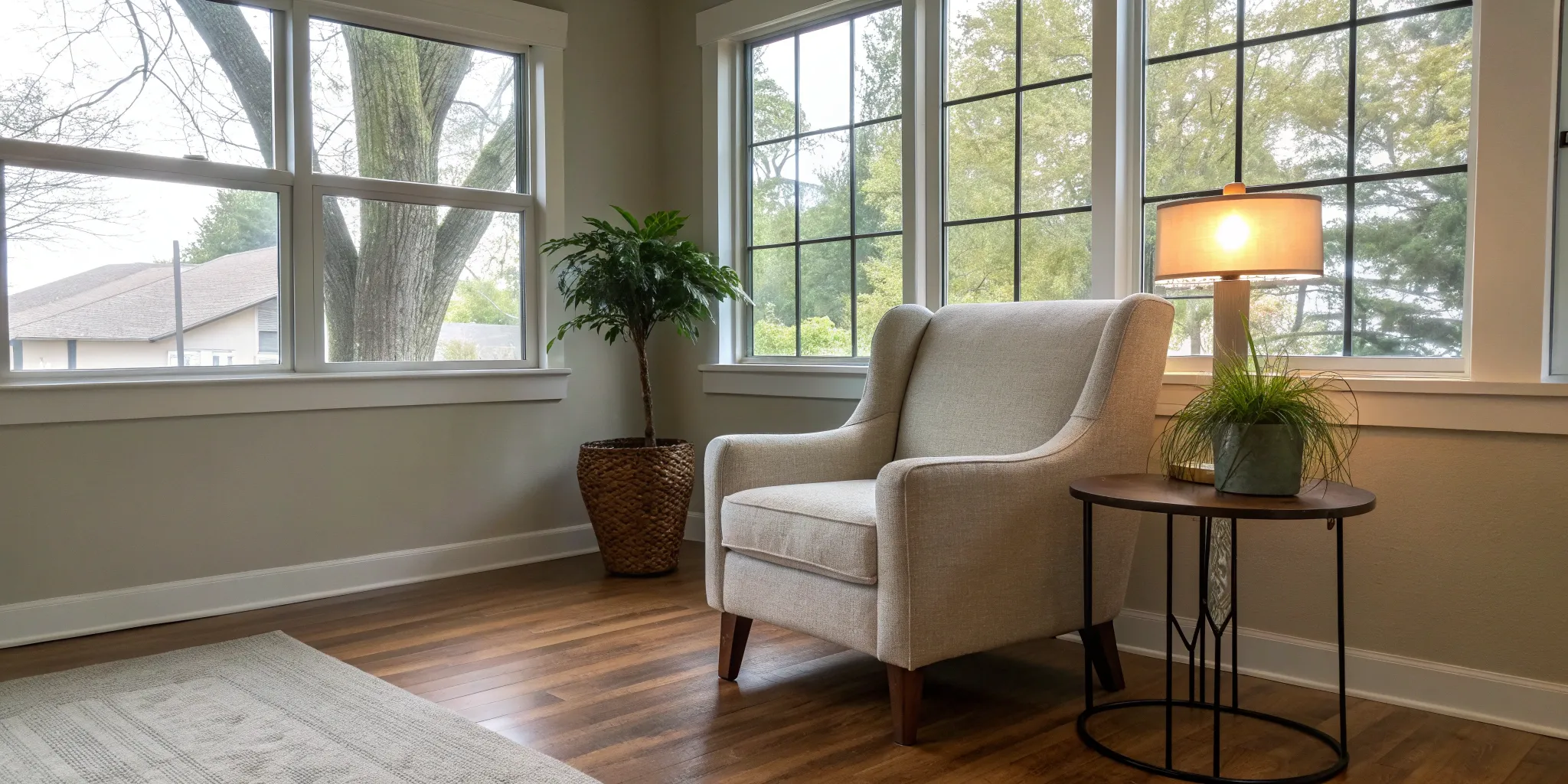
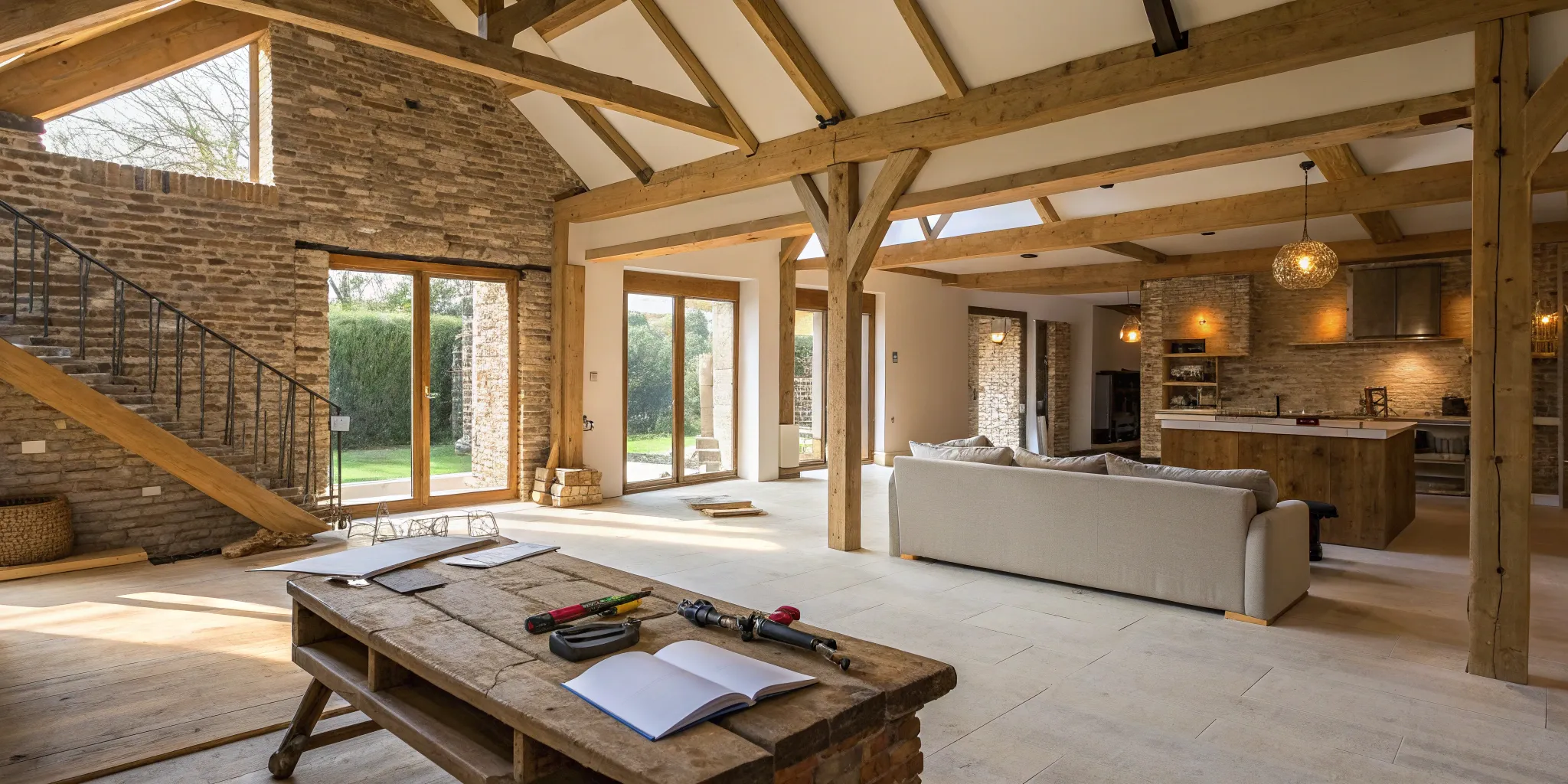
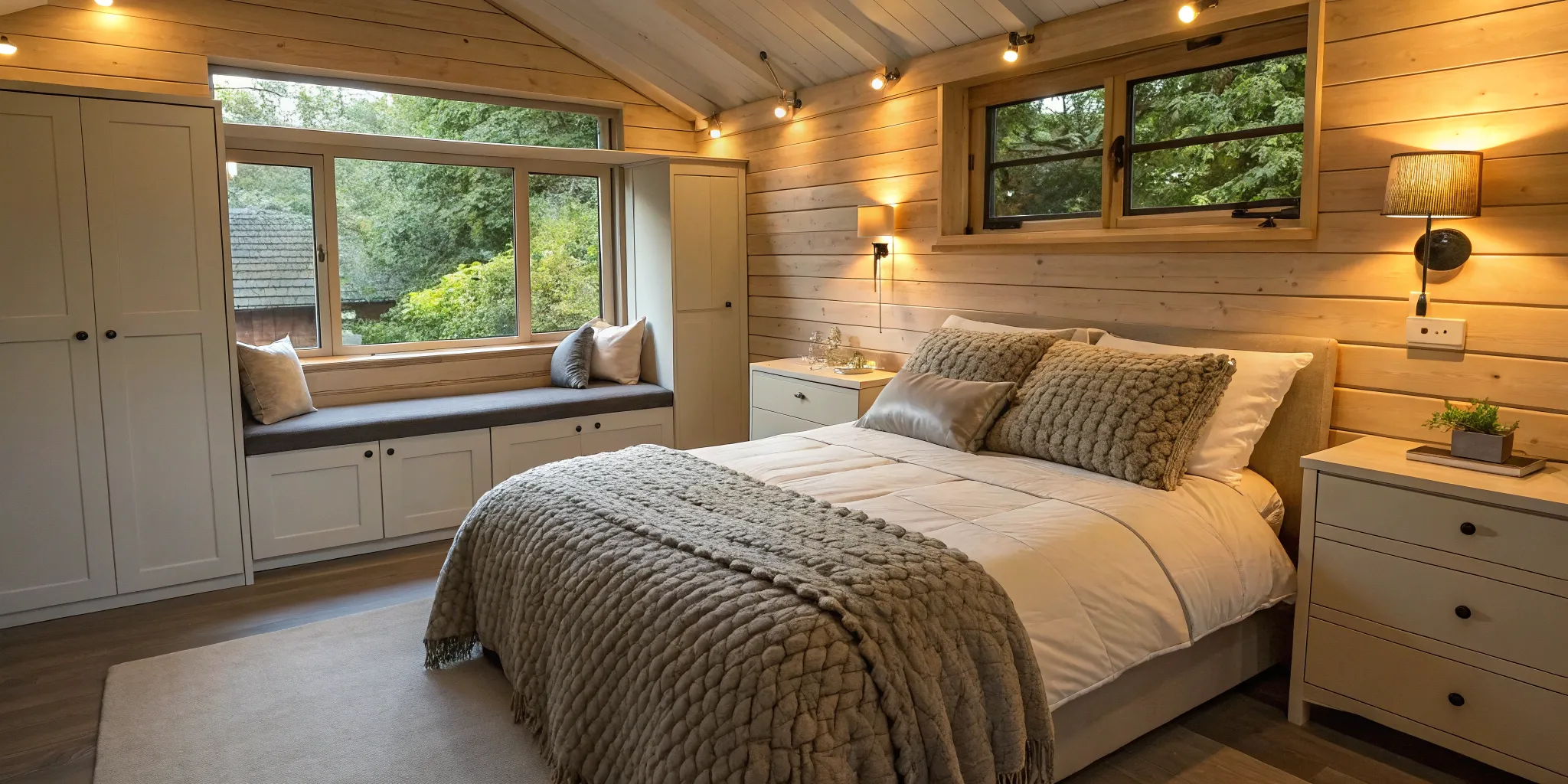

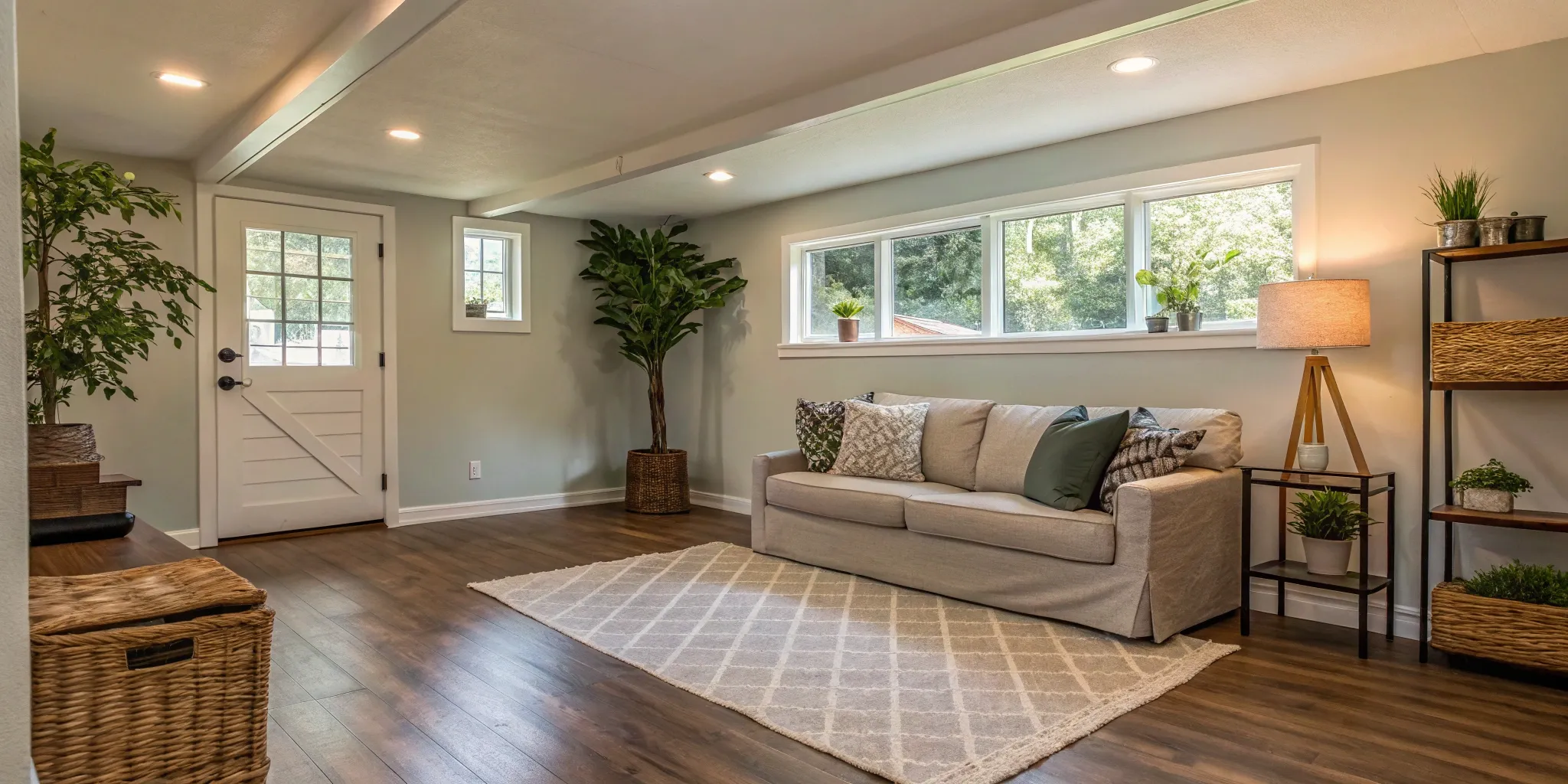
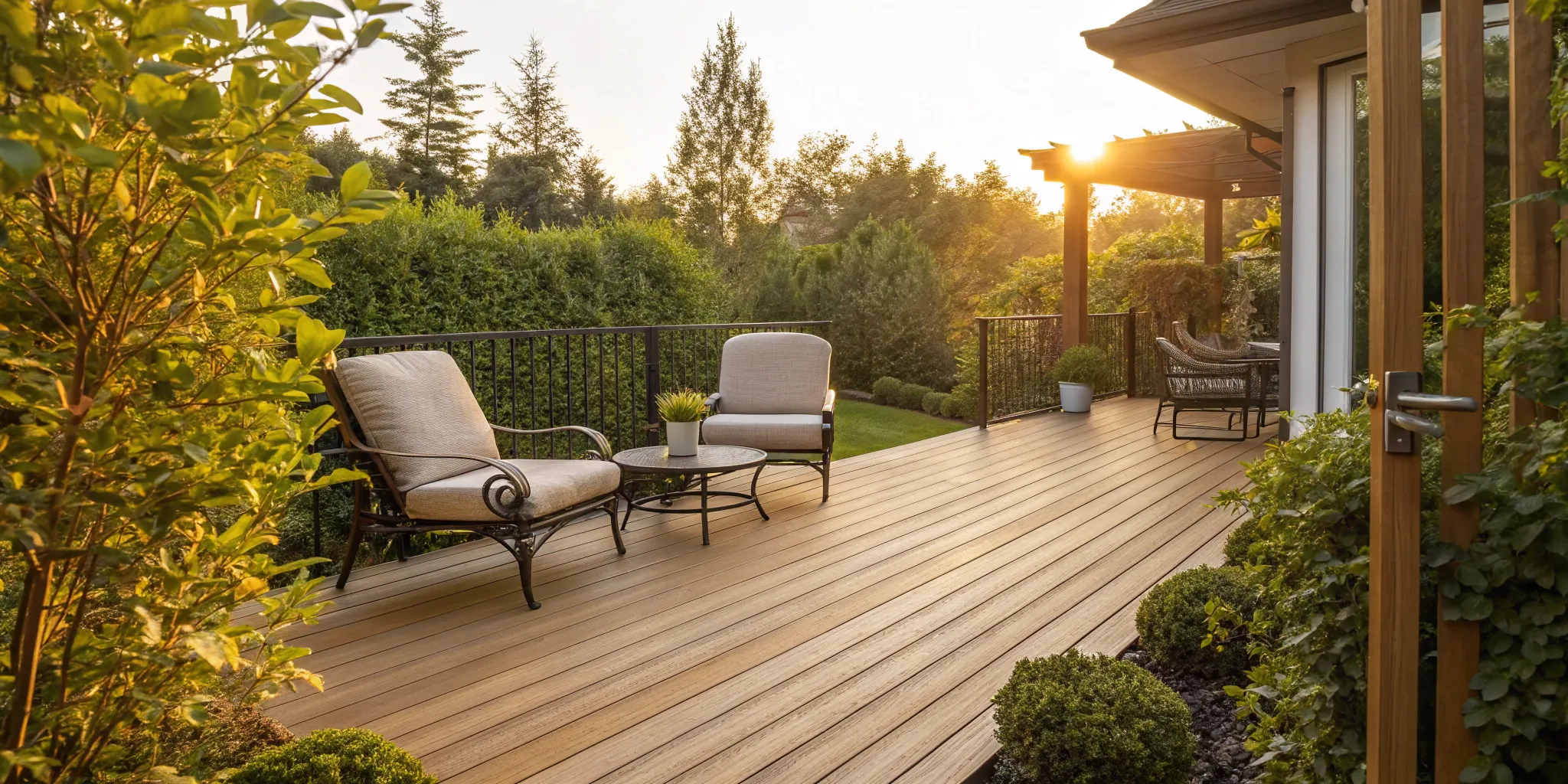
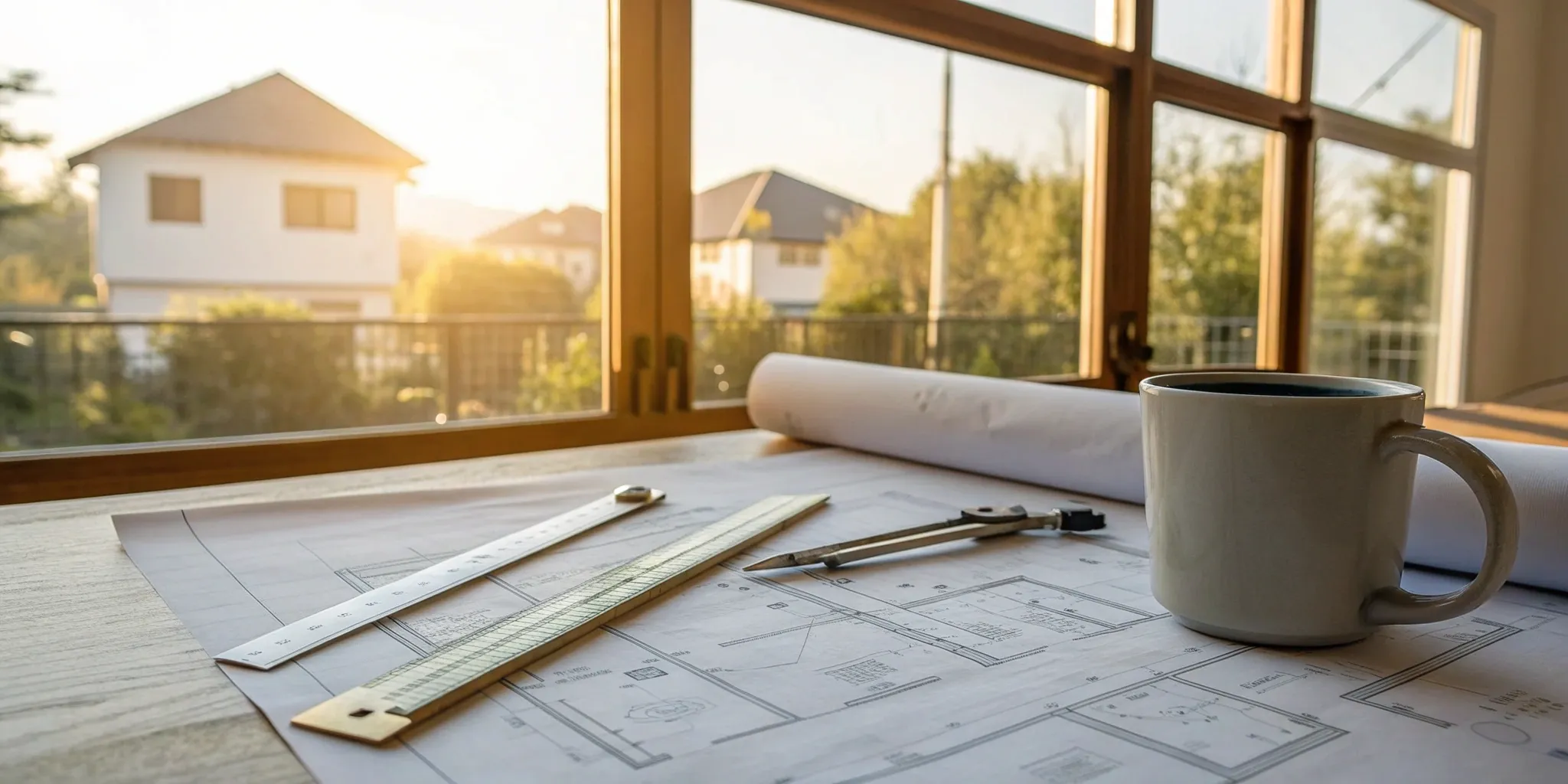


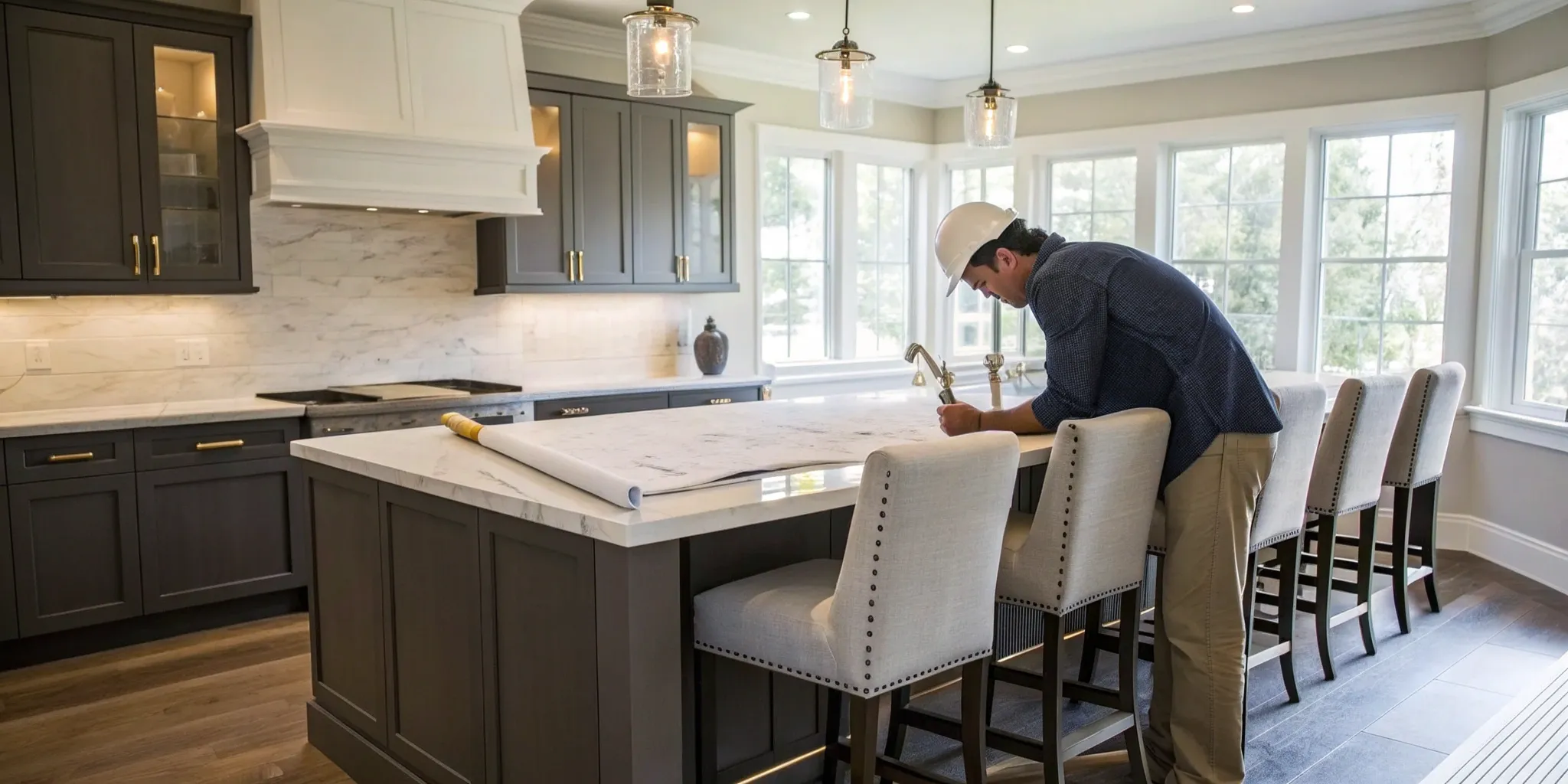
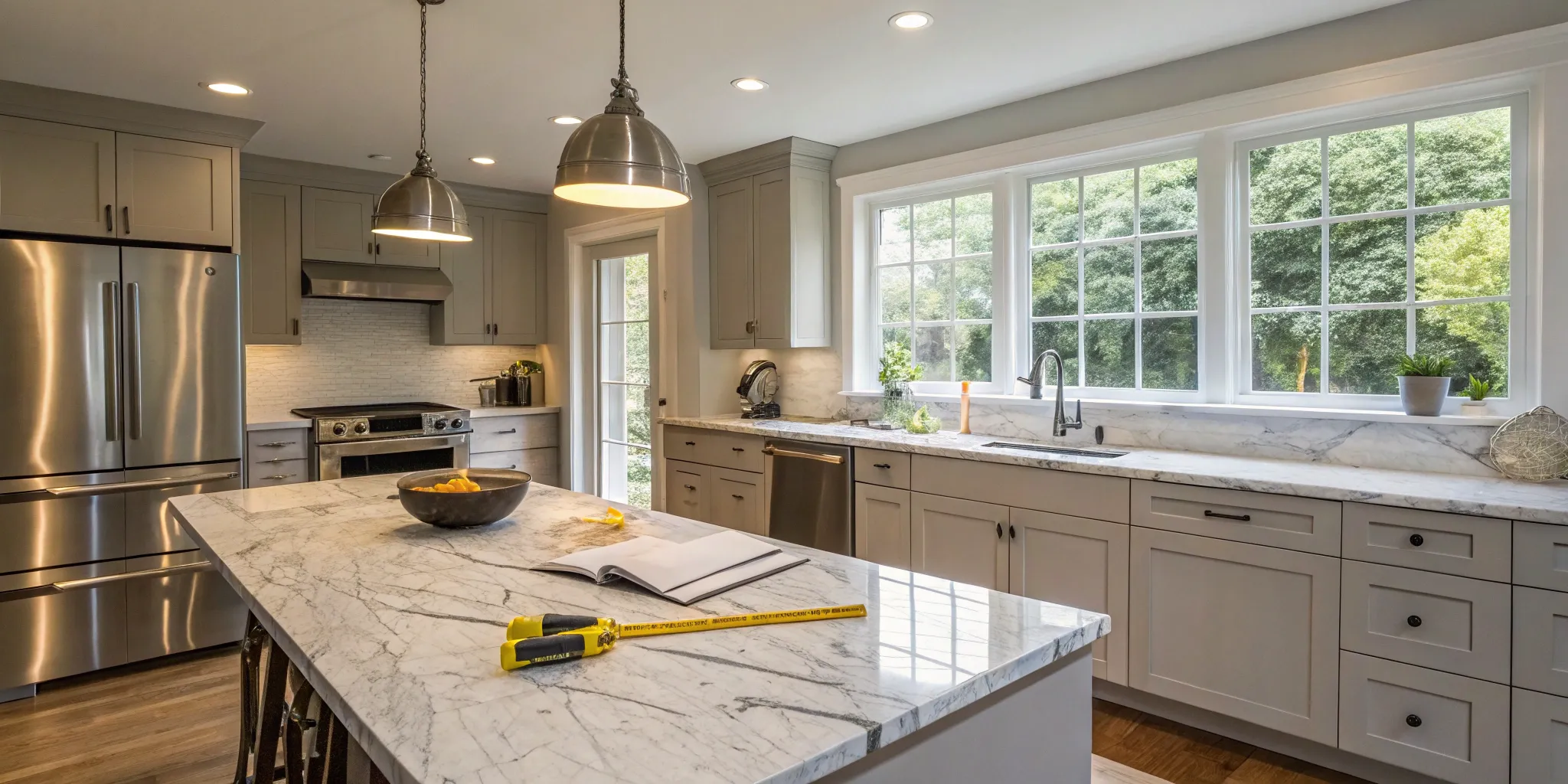



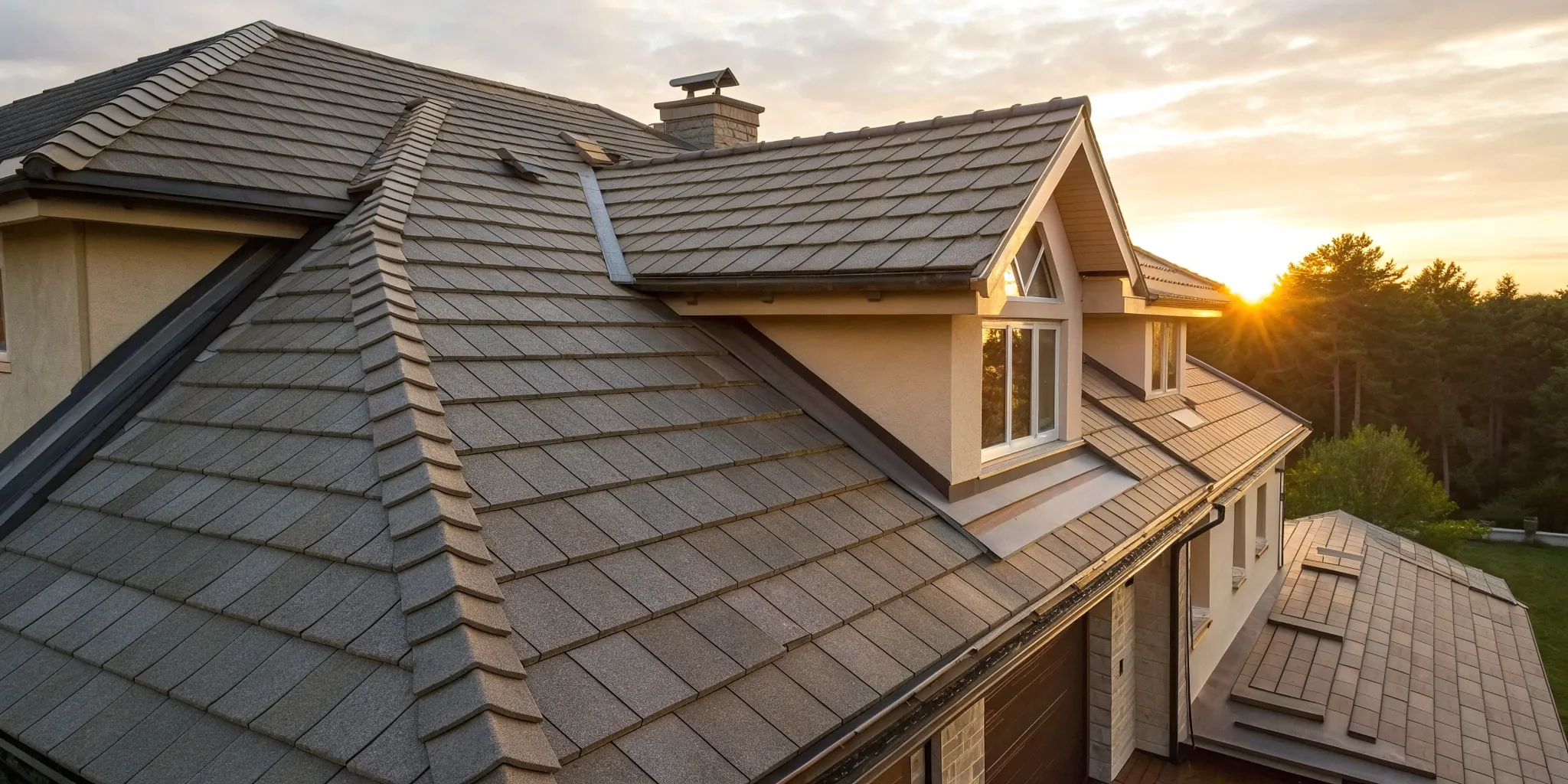
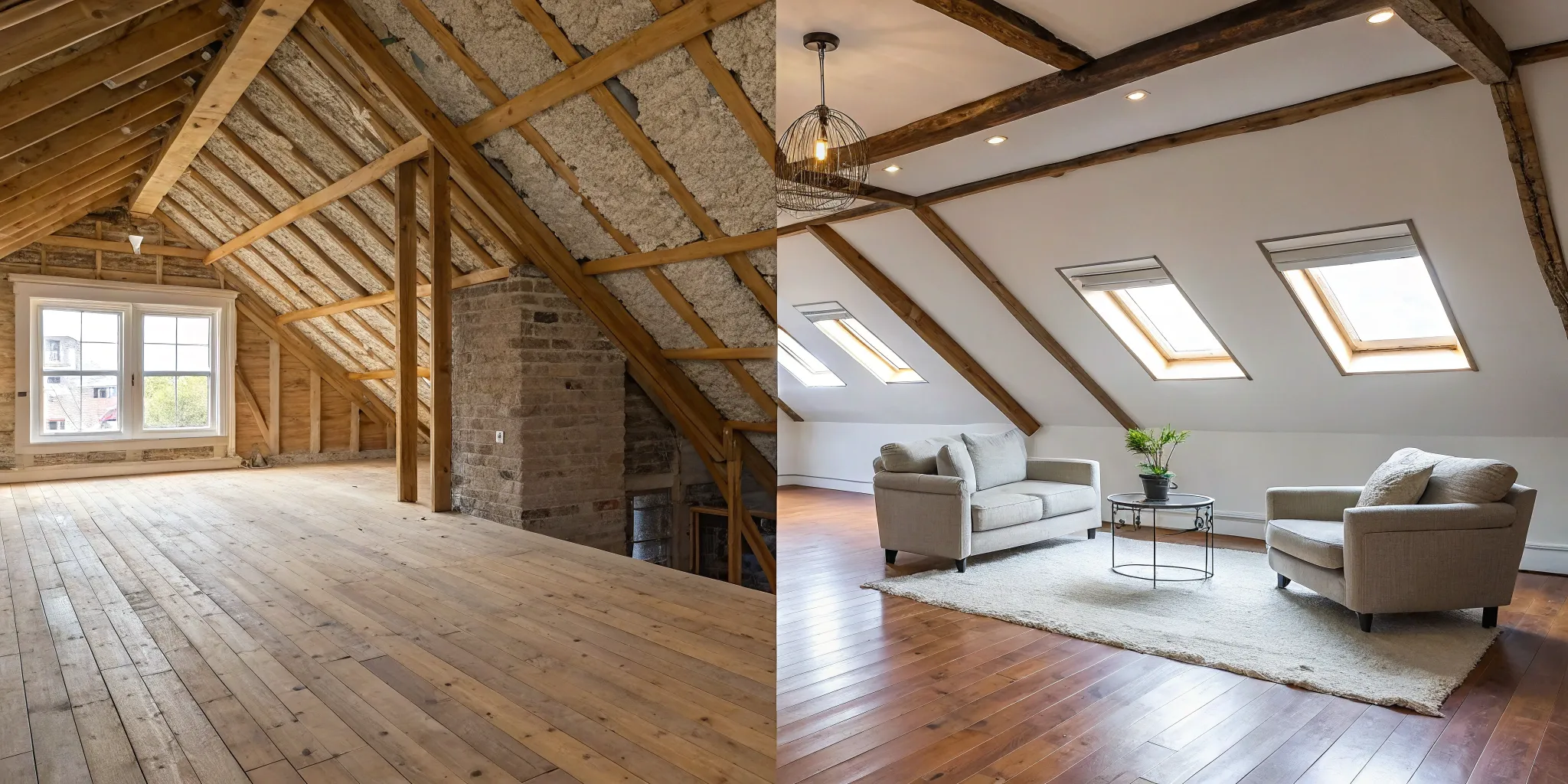

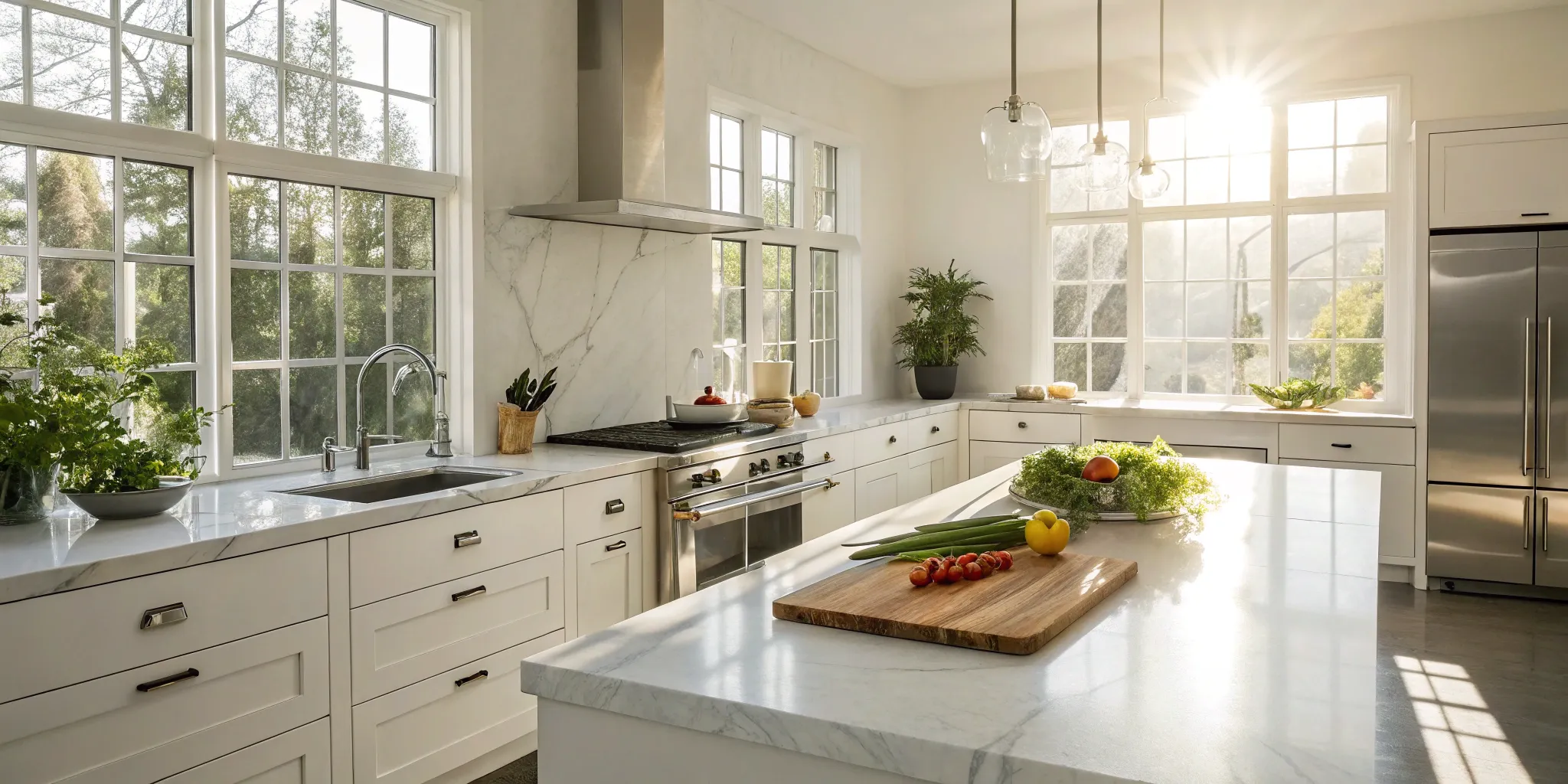


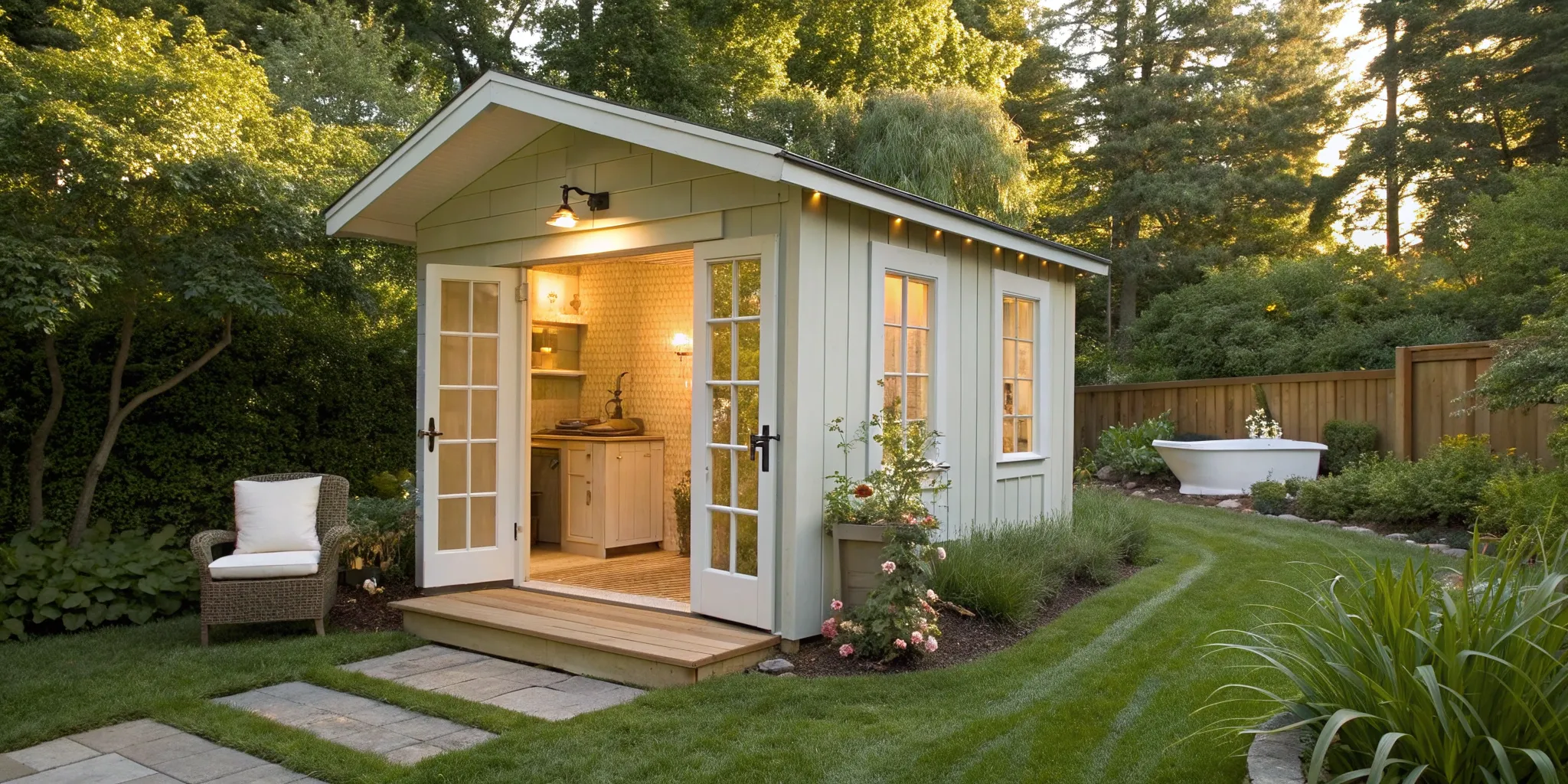
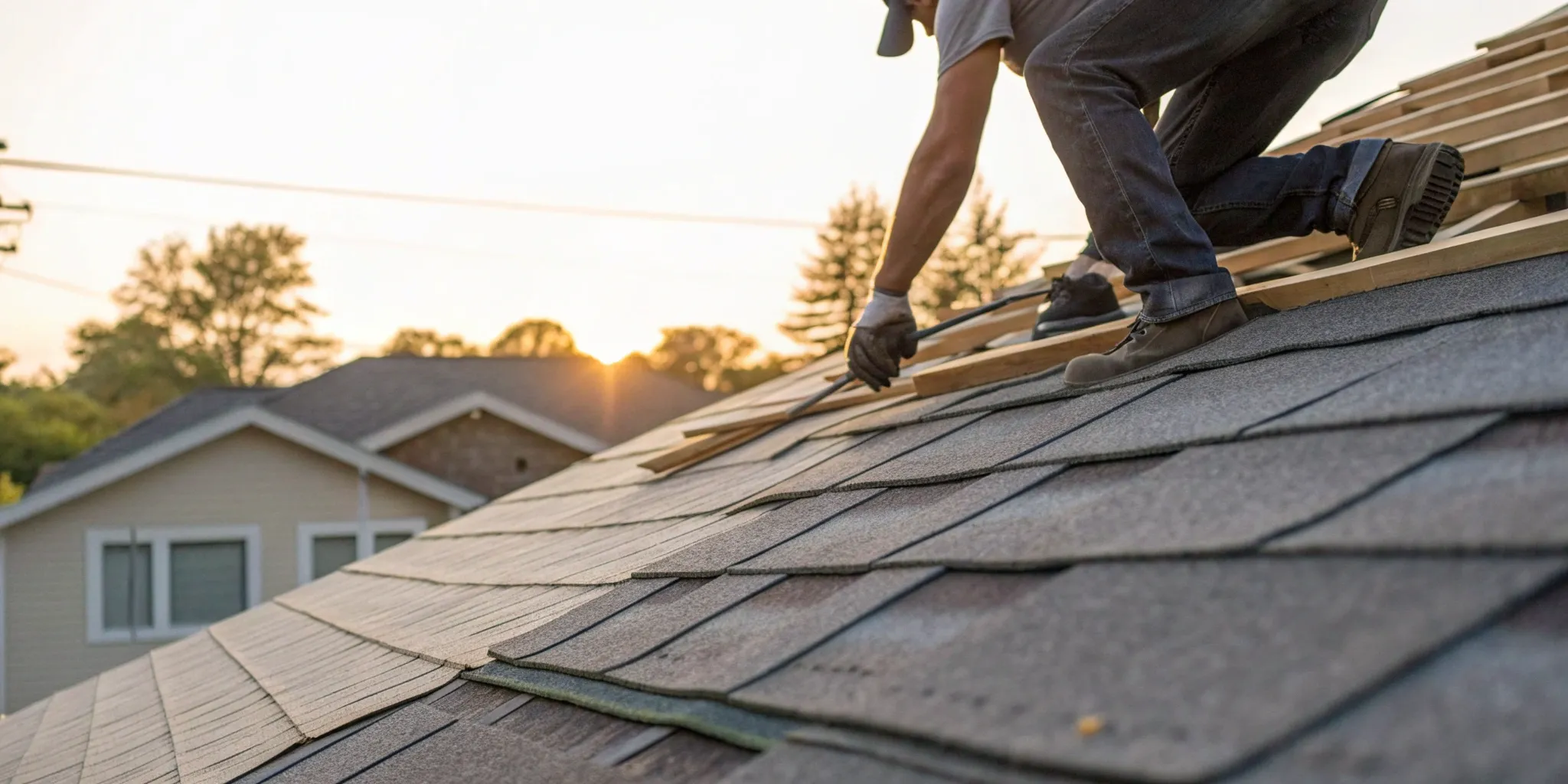

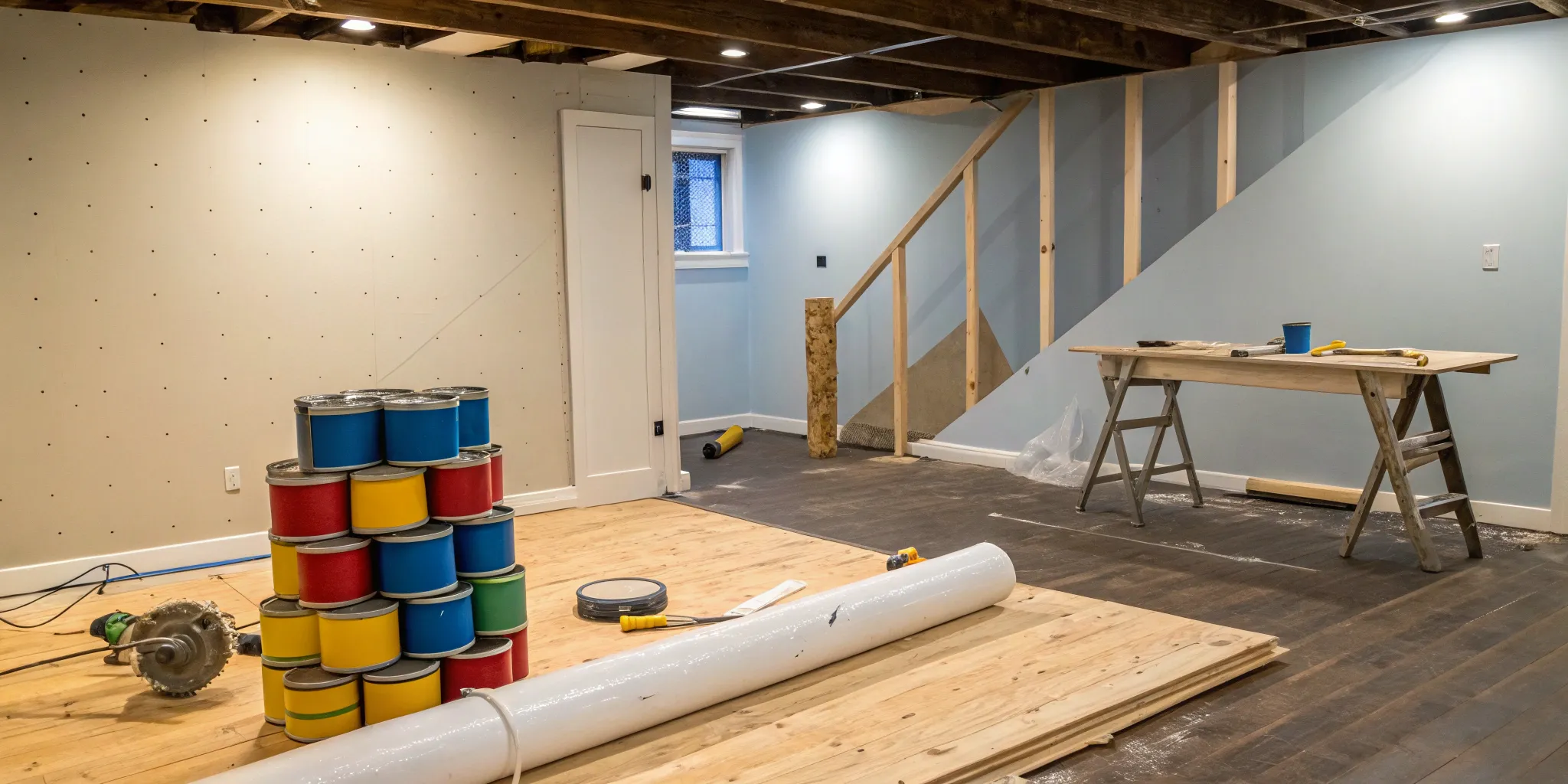


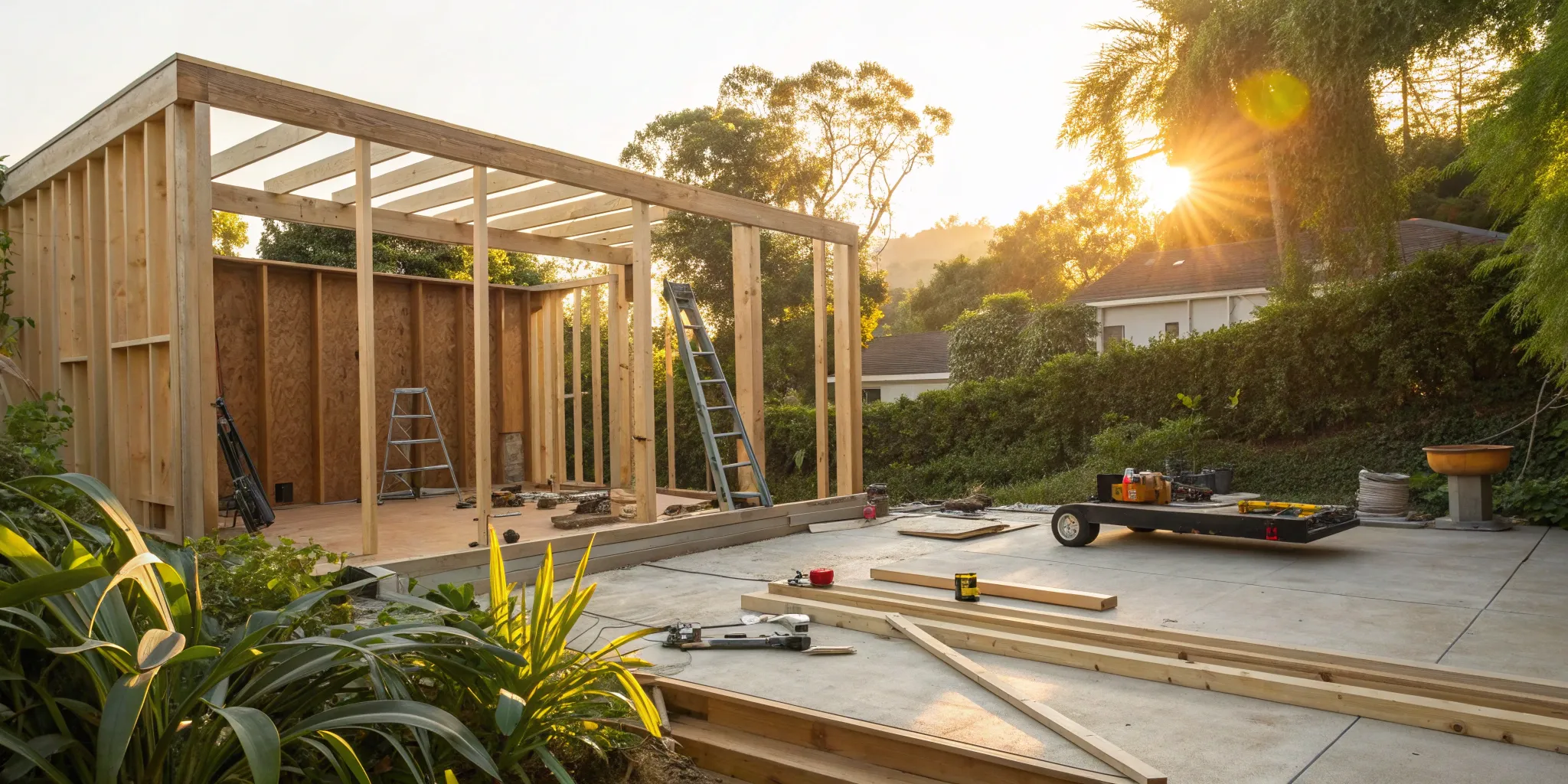
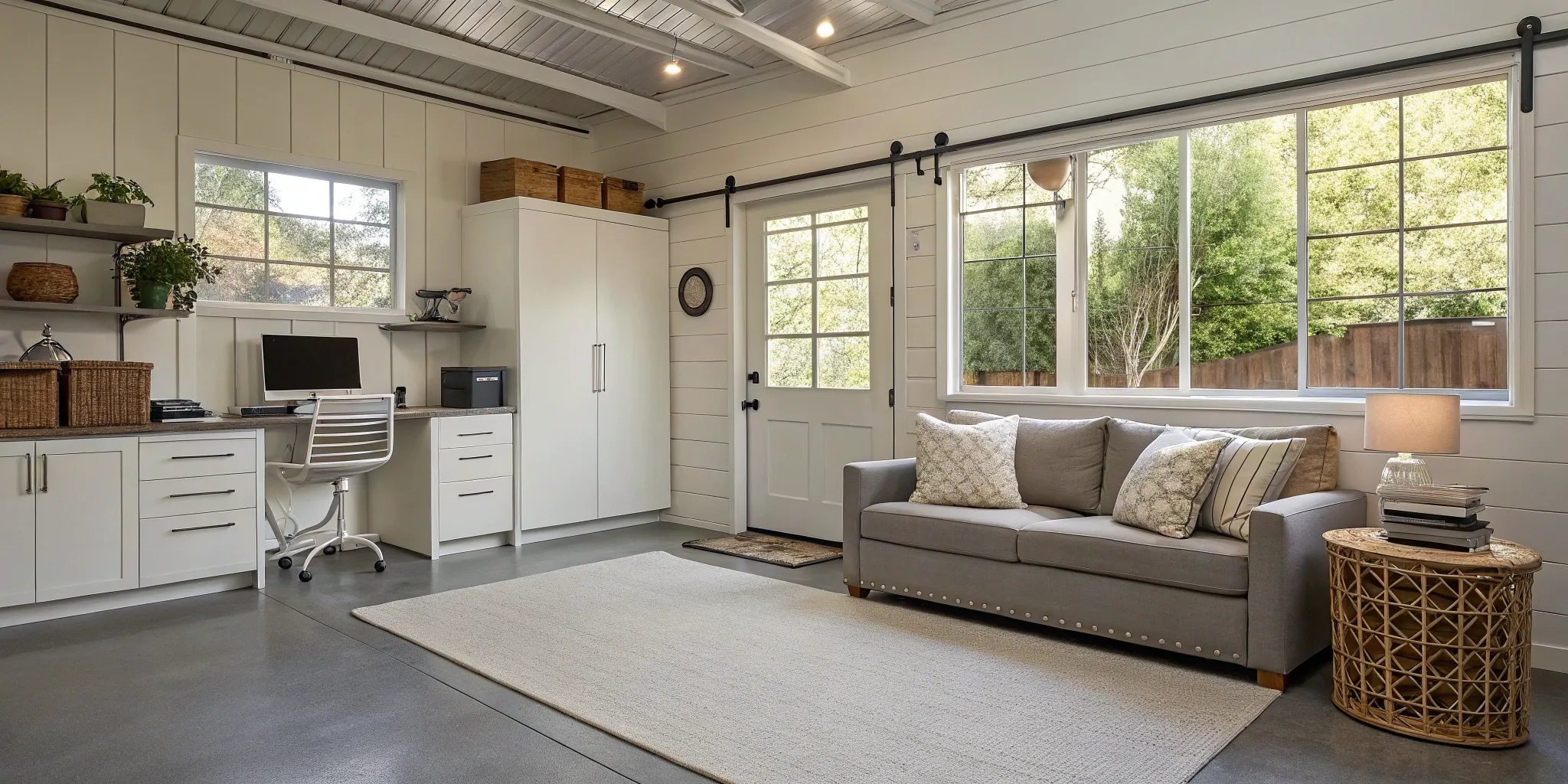
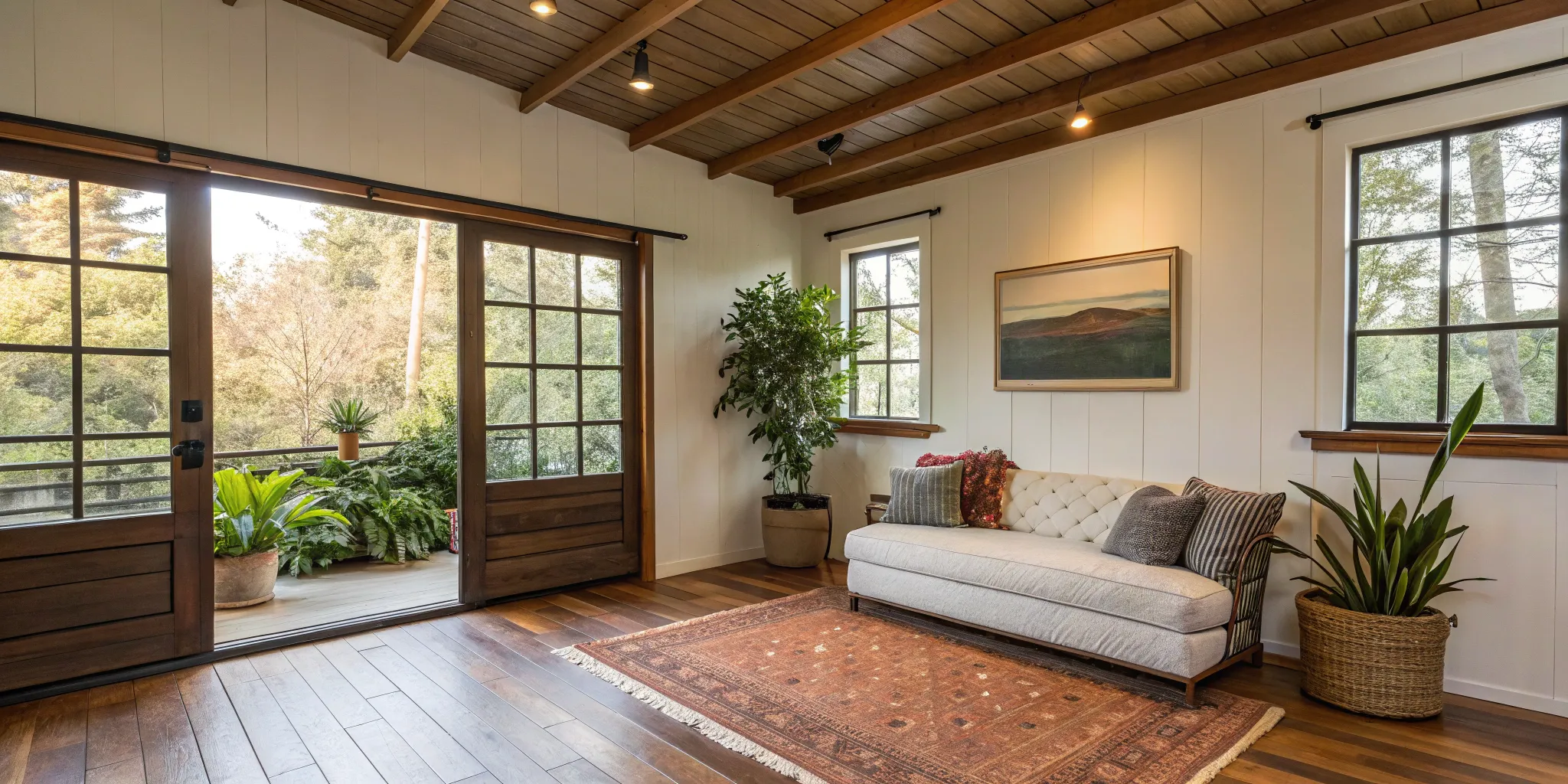
.png)
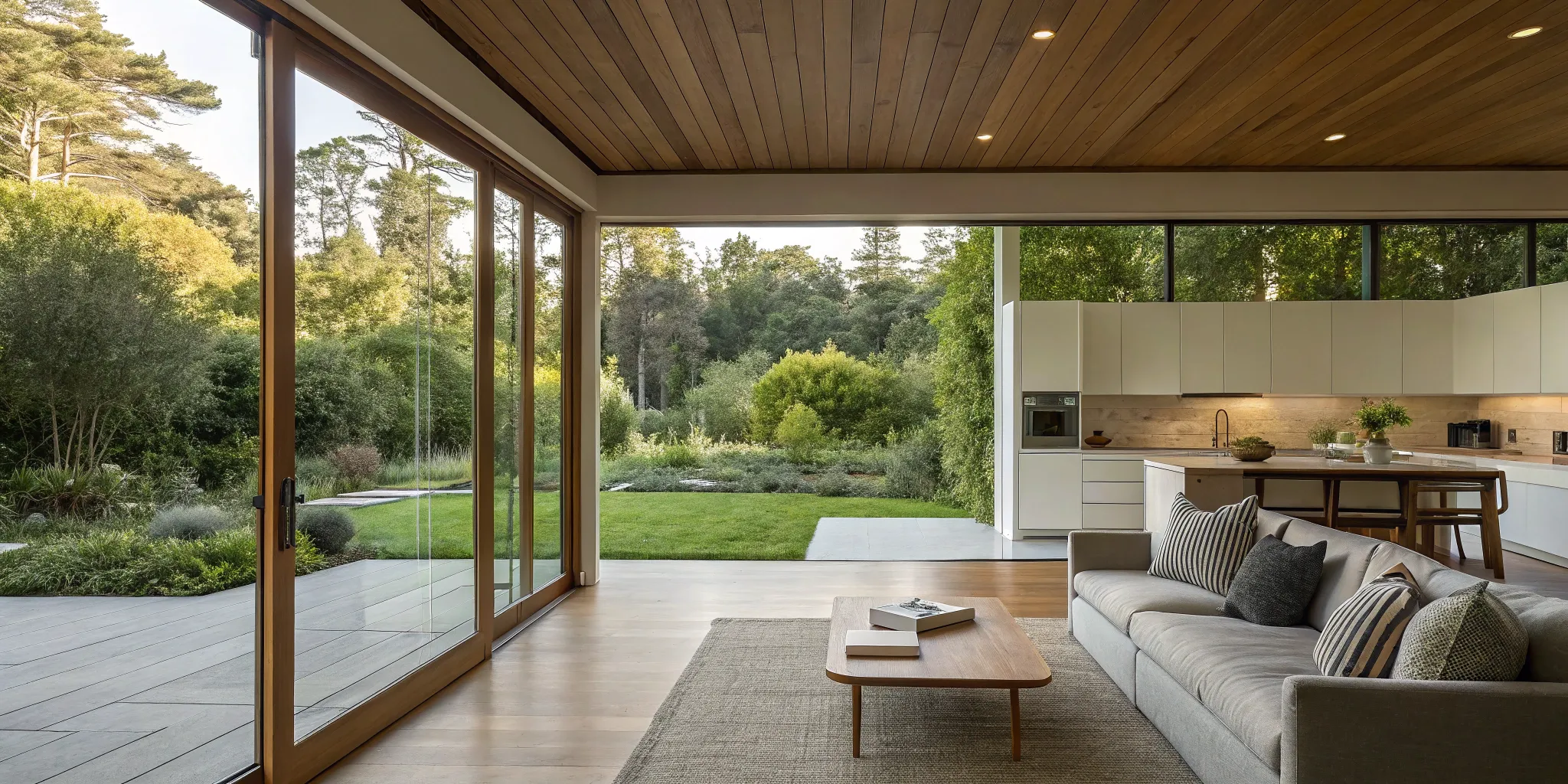


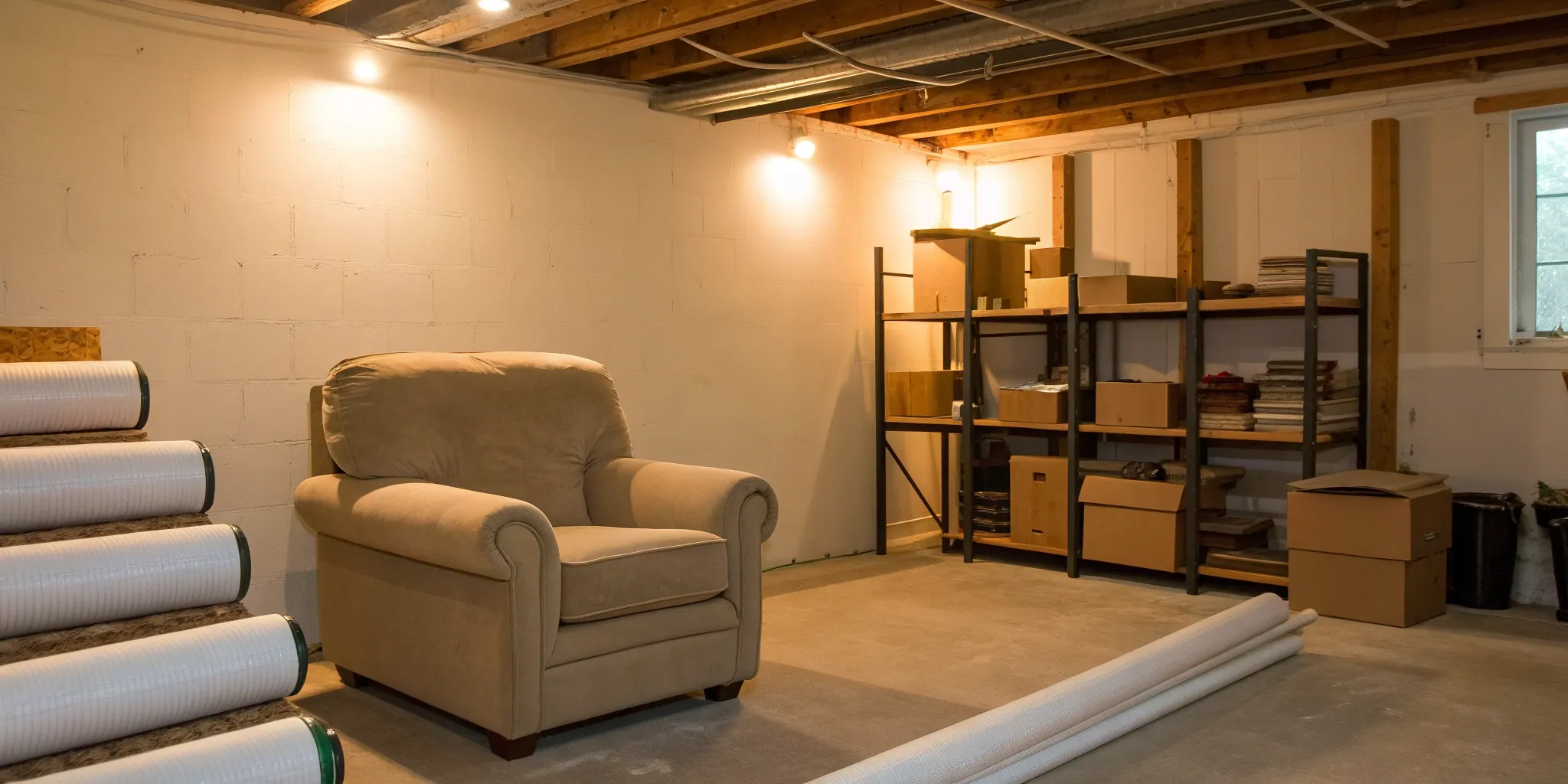
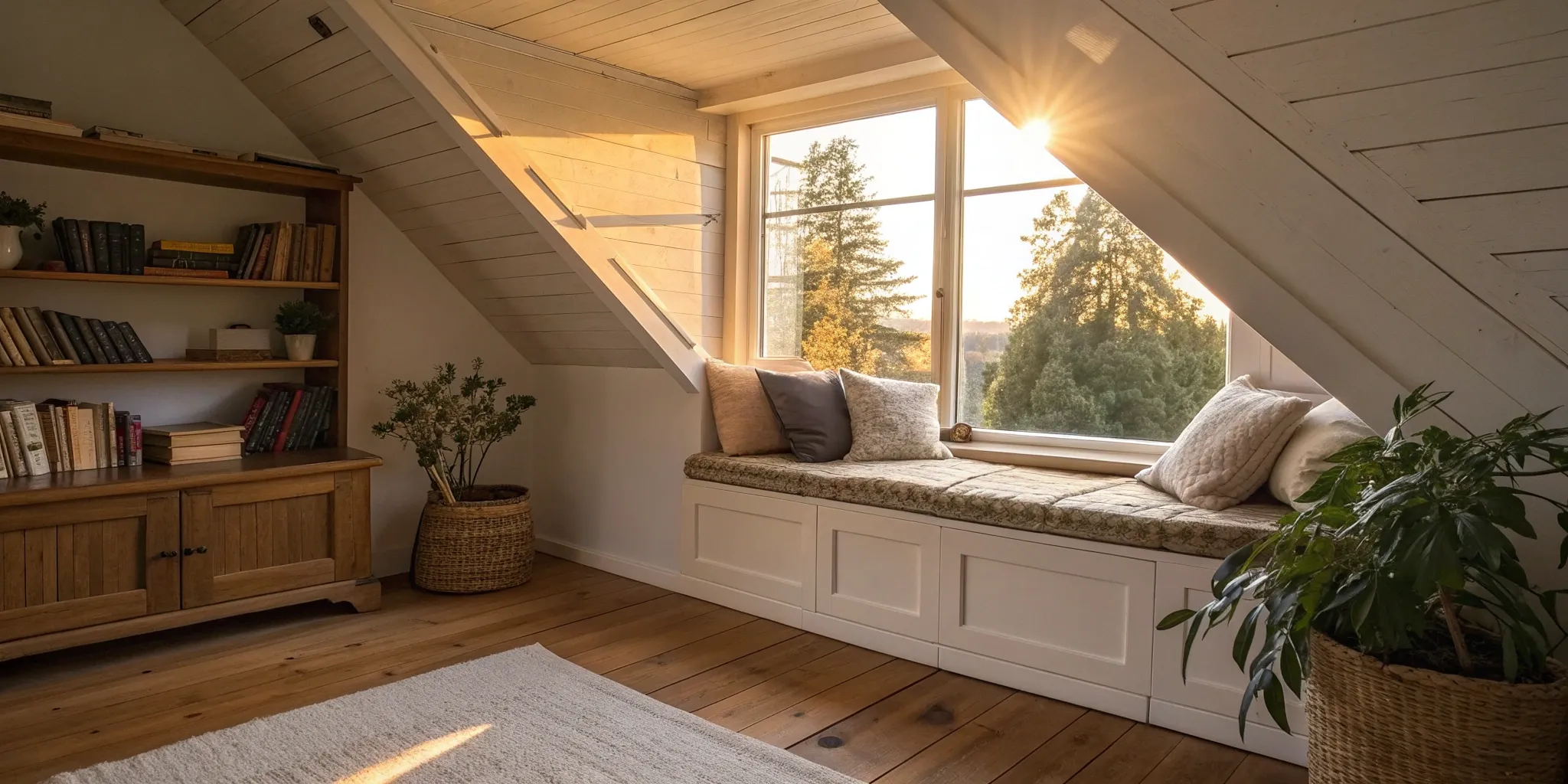
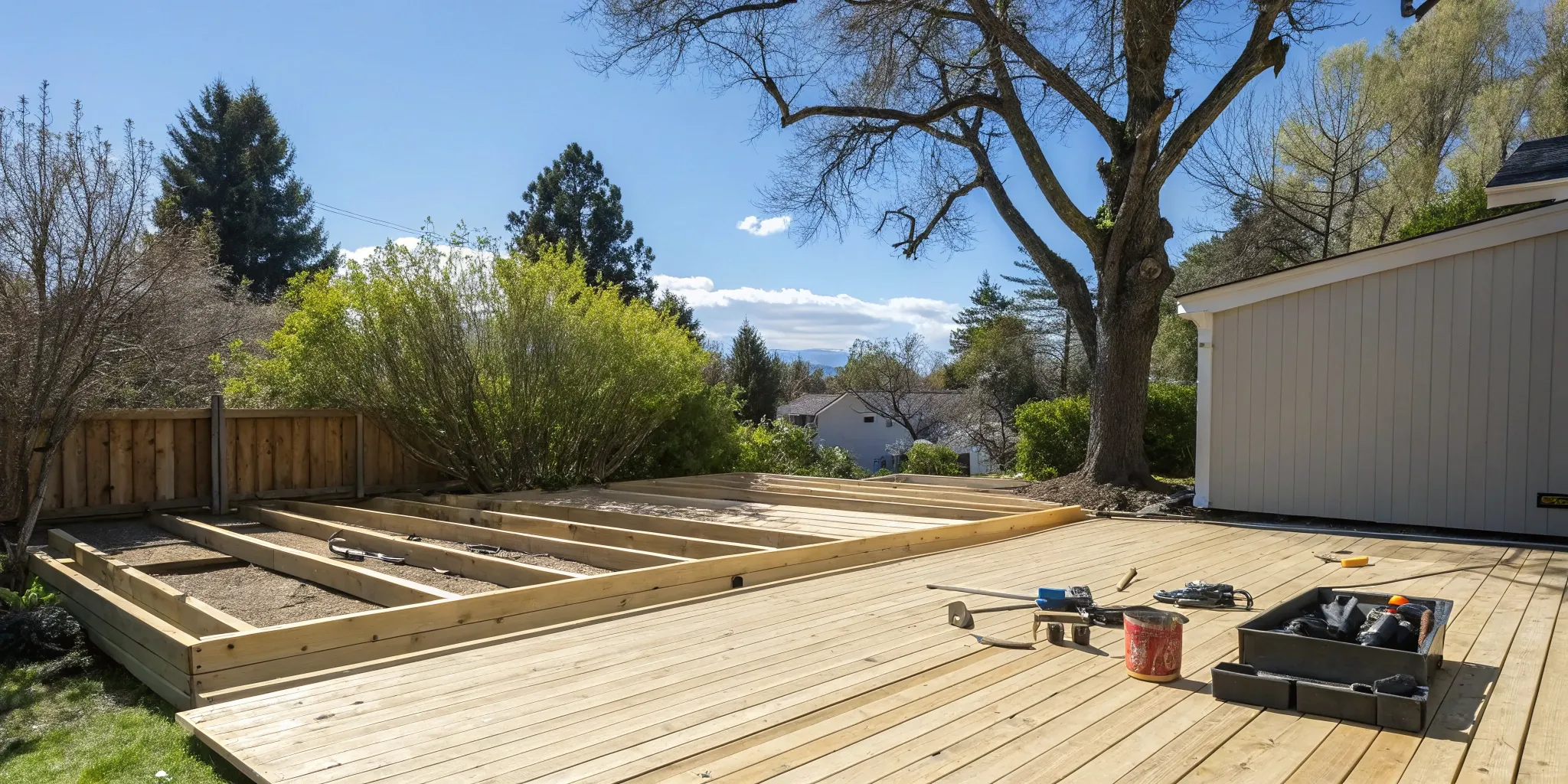

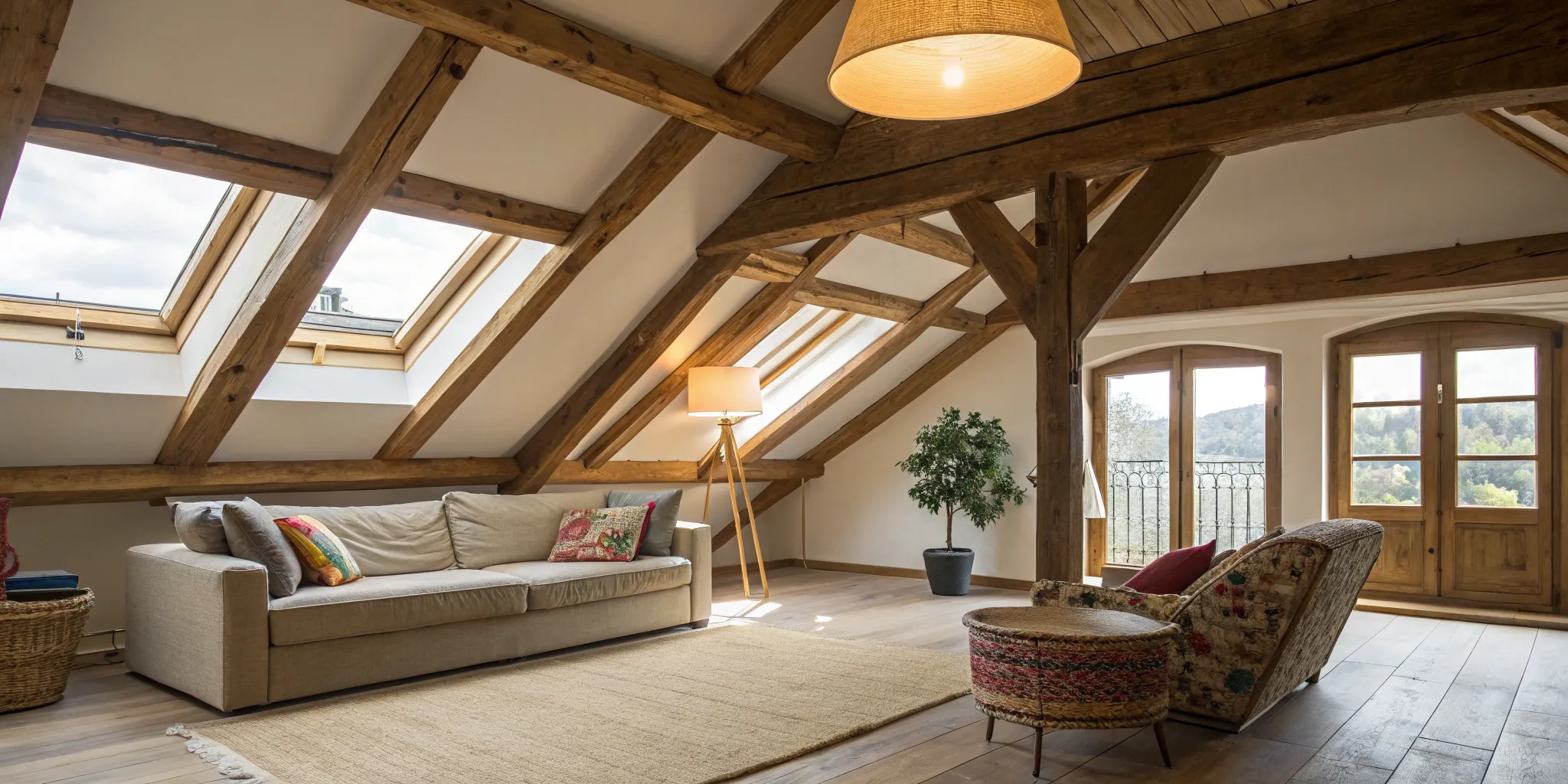



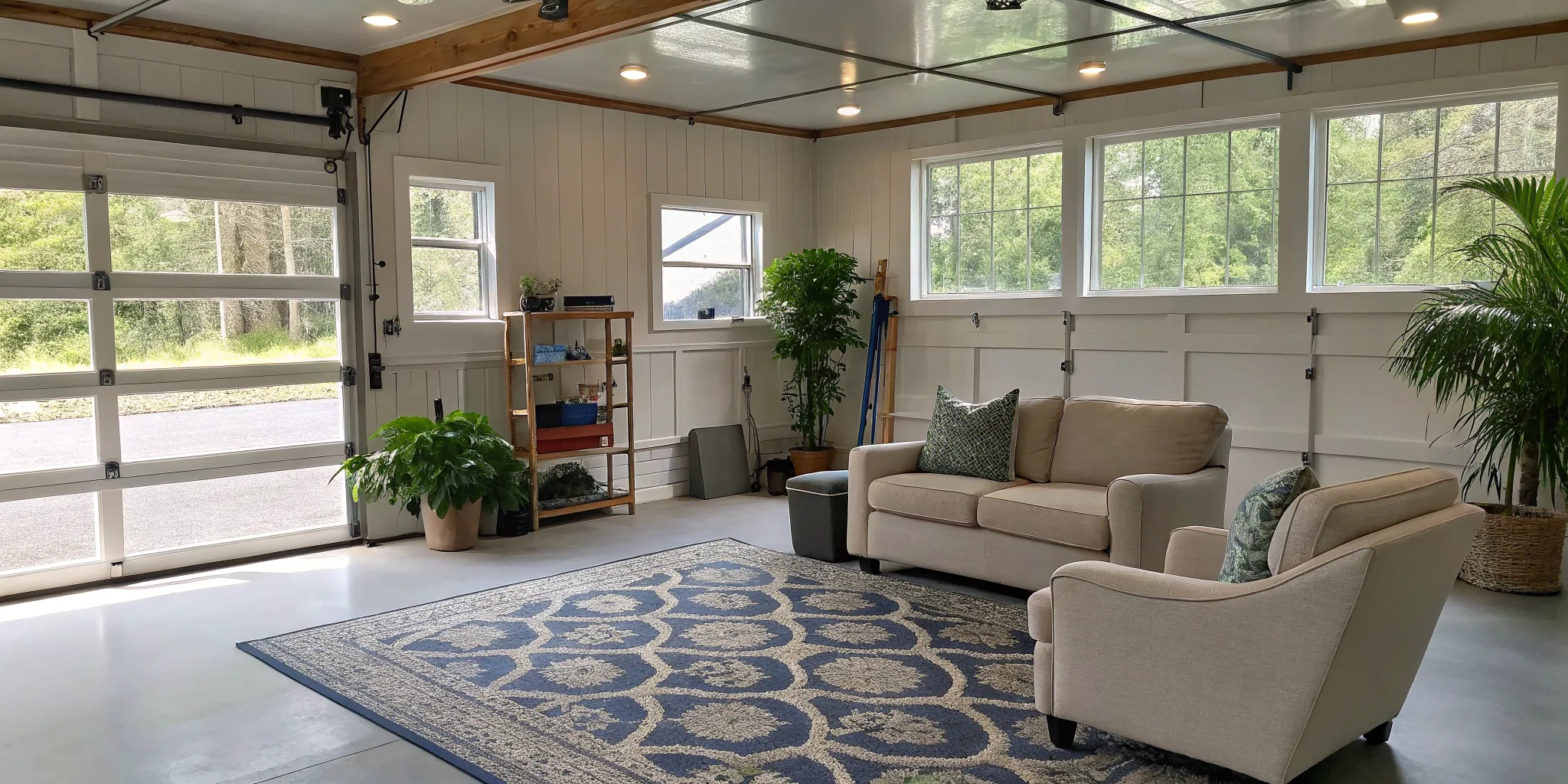
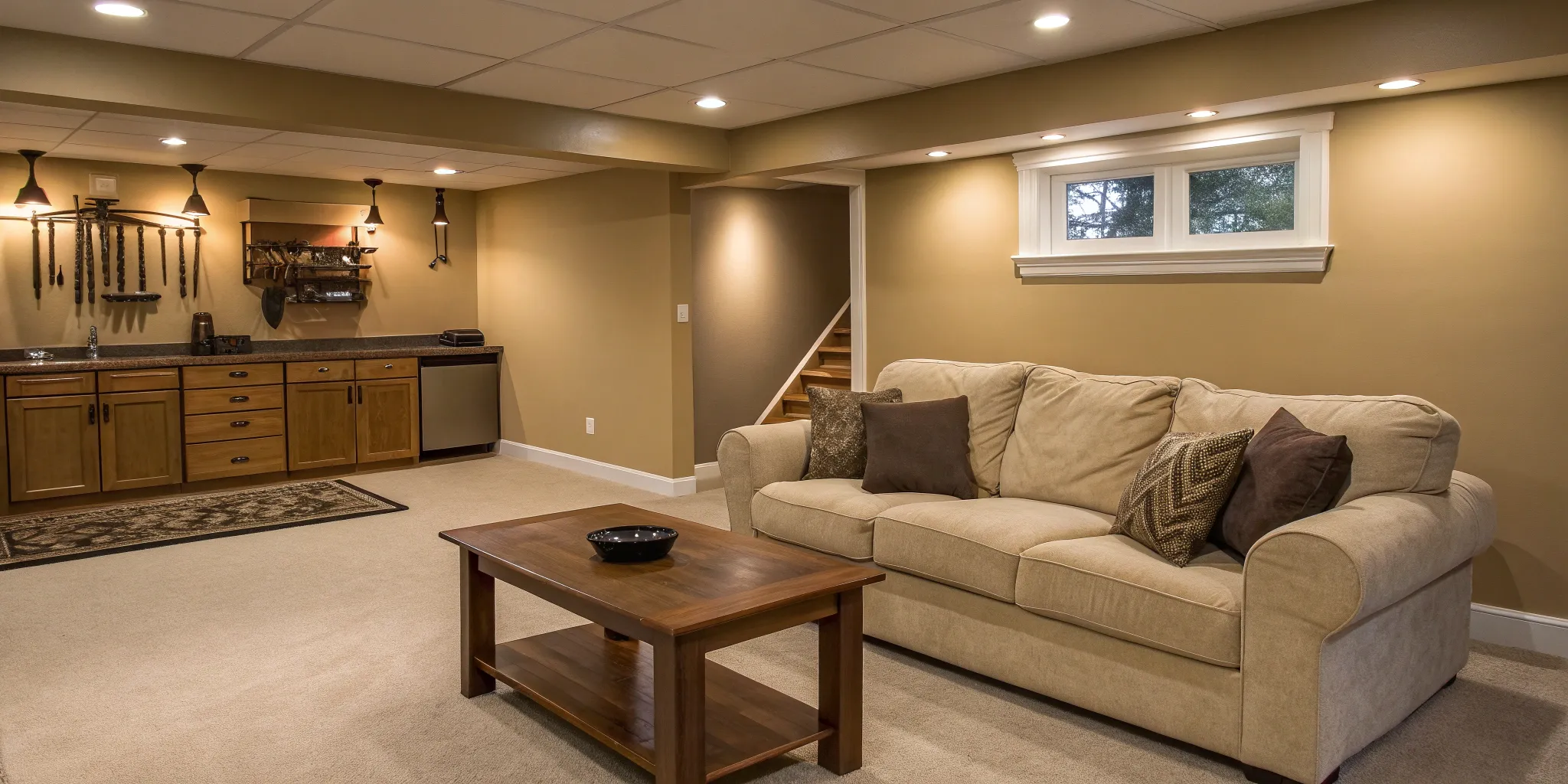

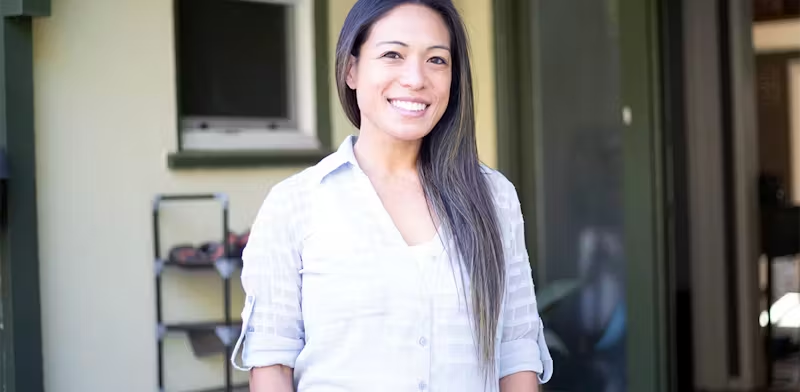

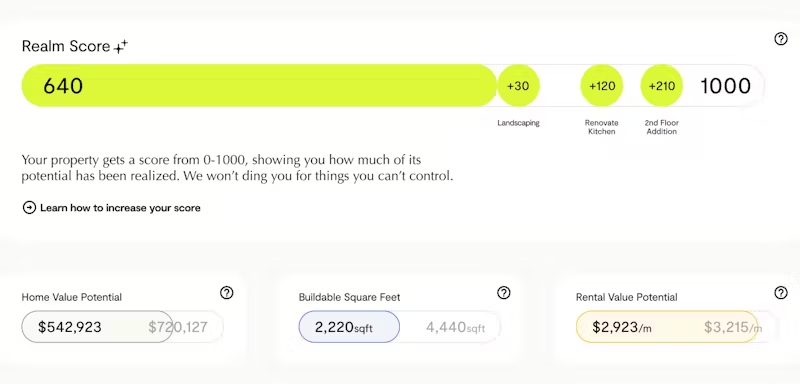
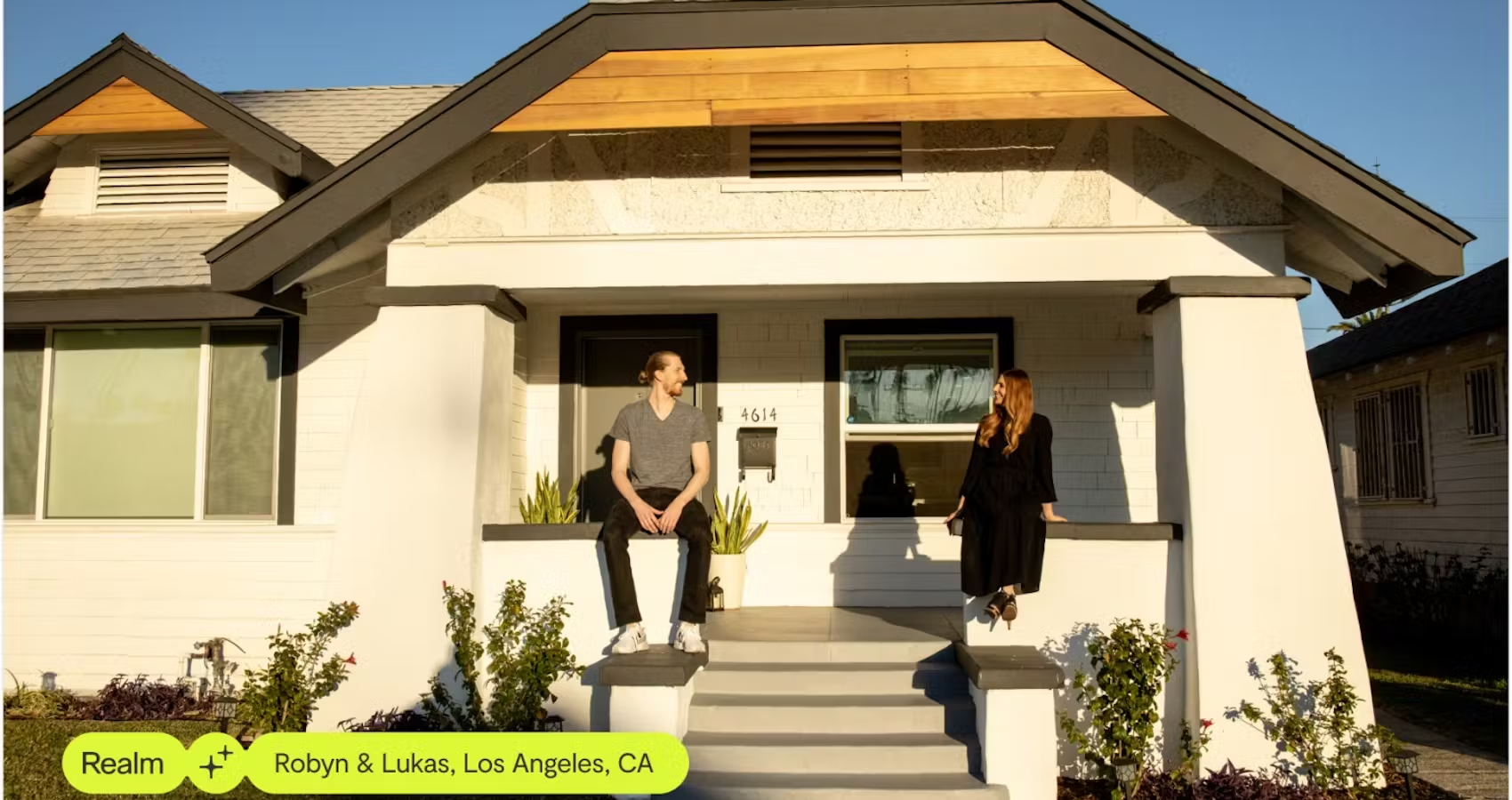
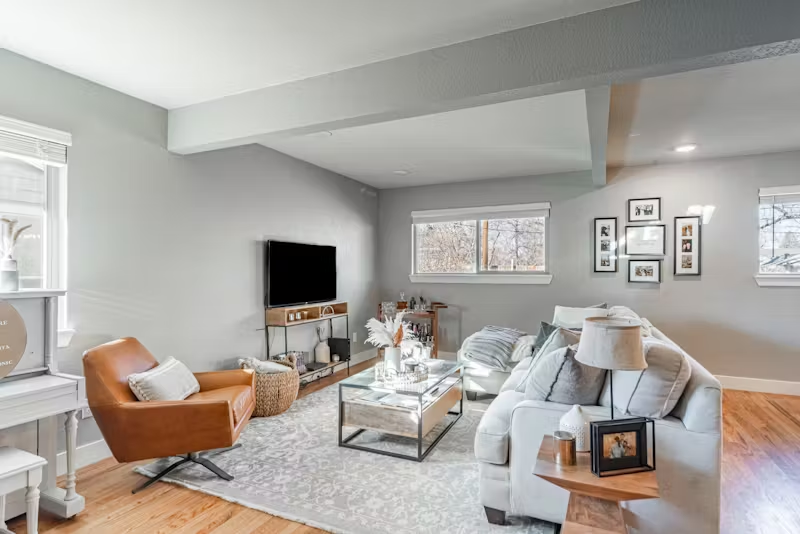
.avif)



